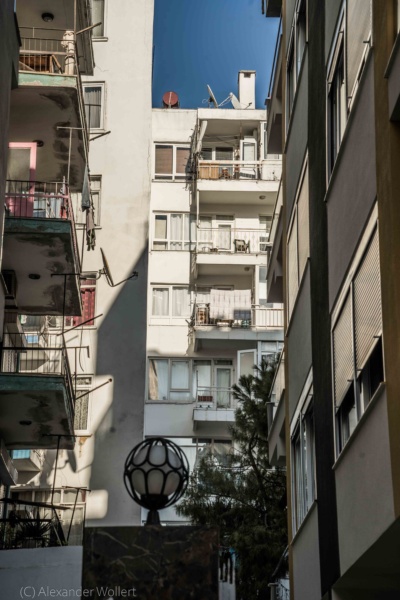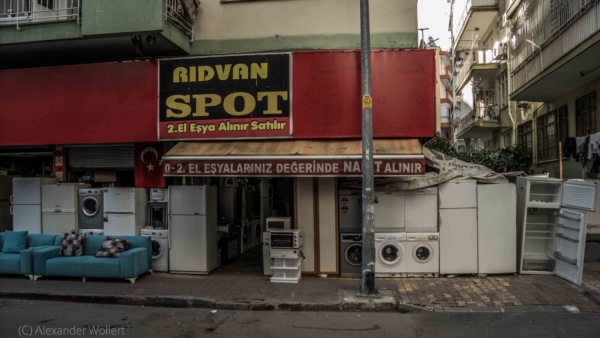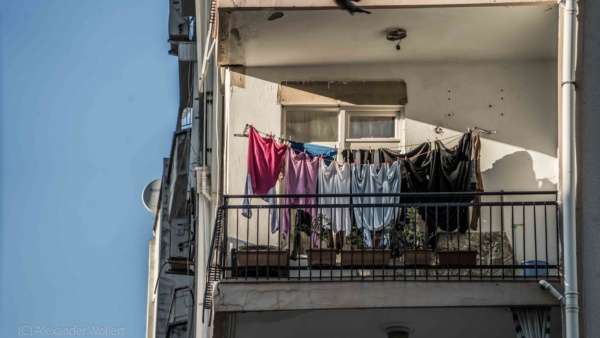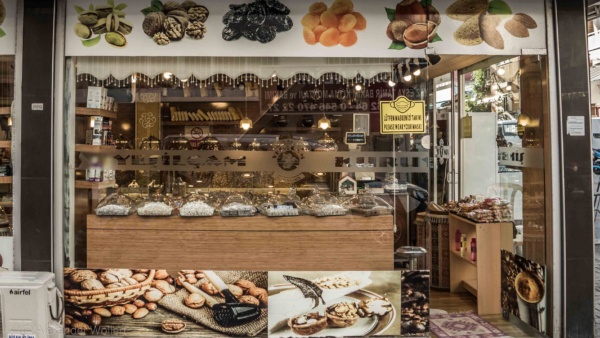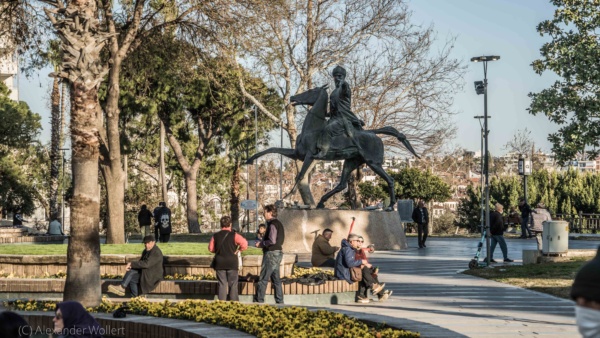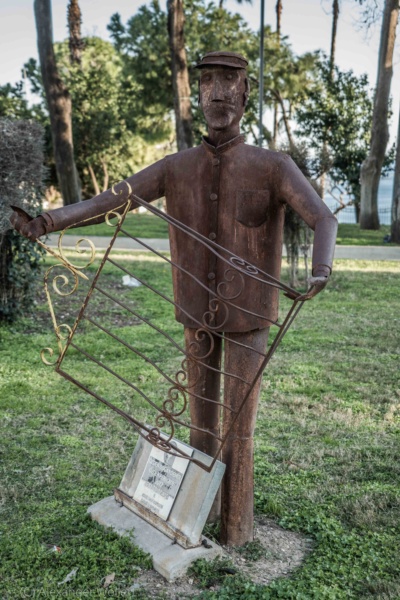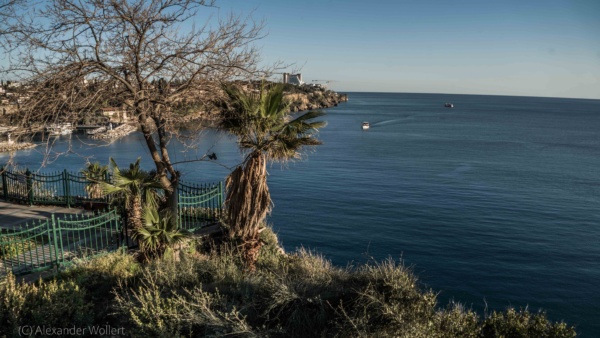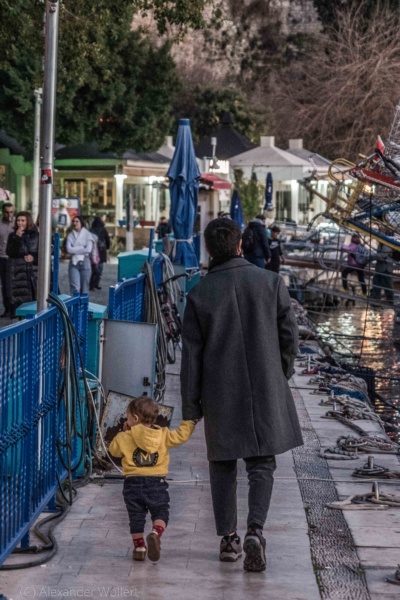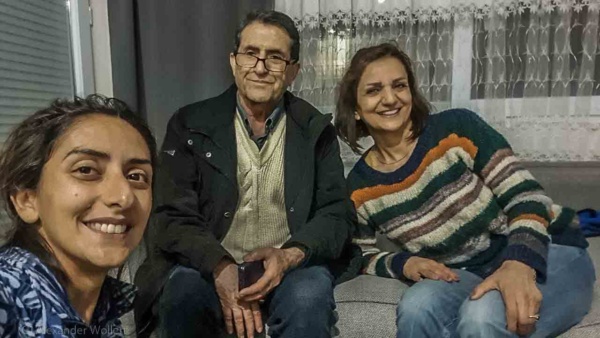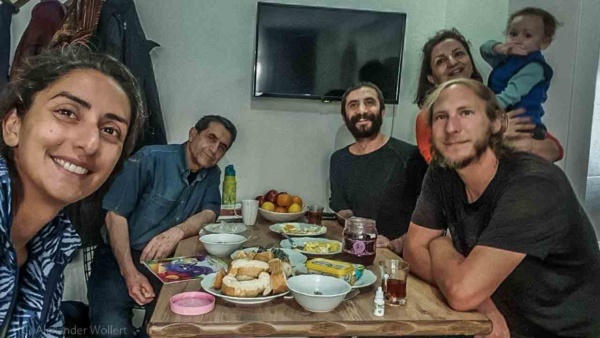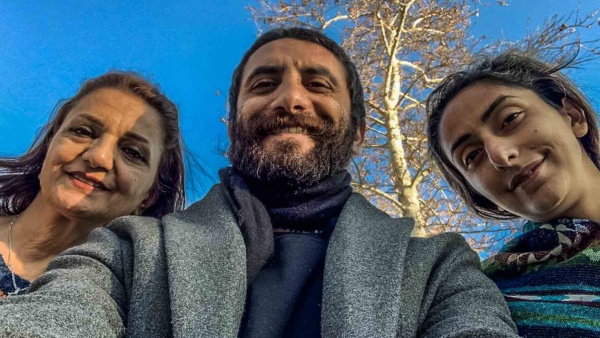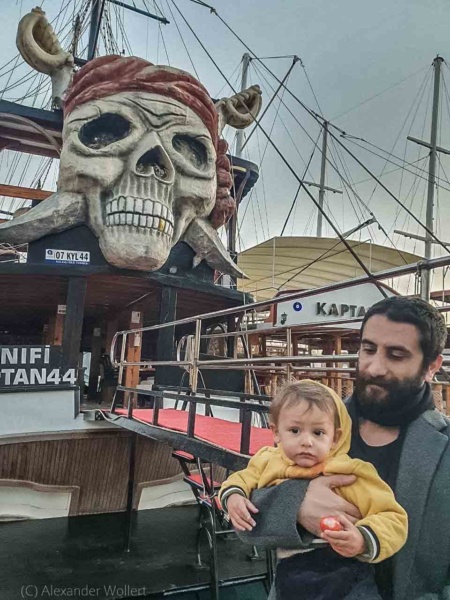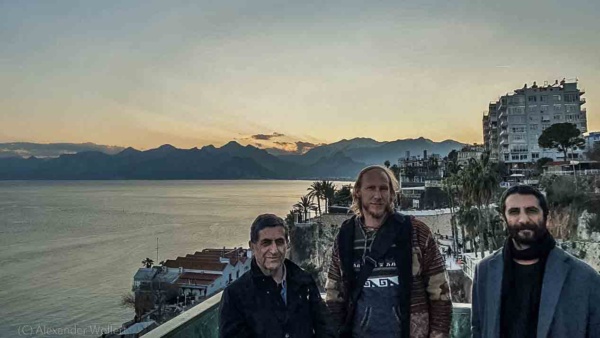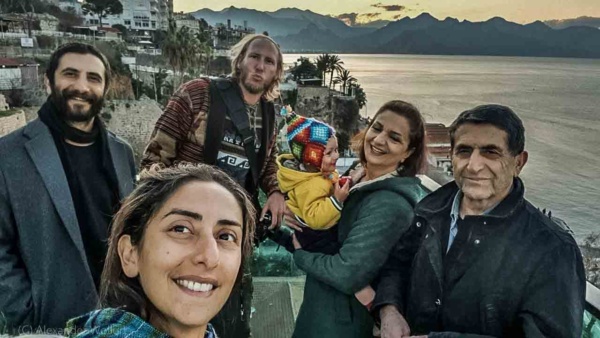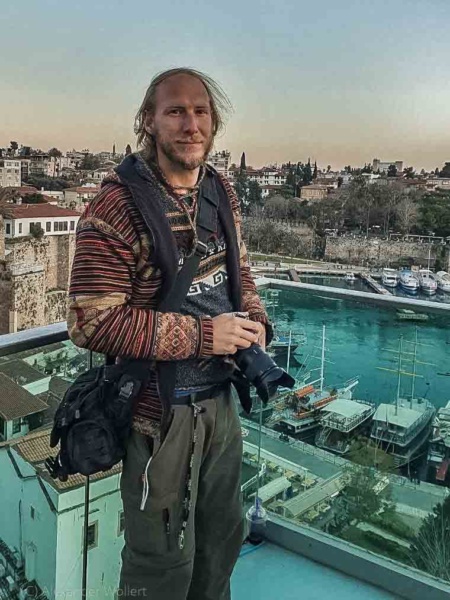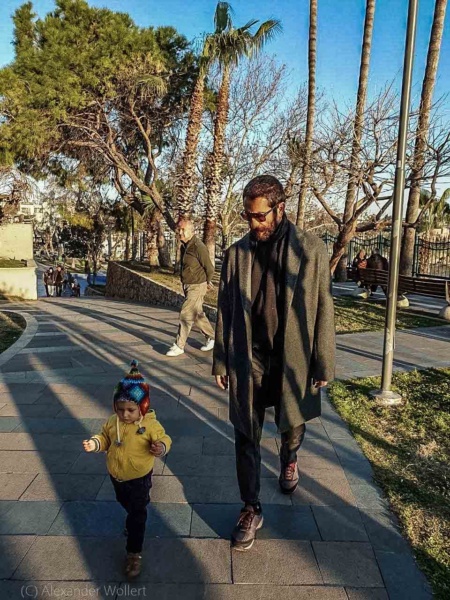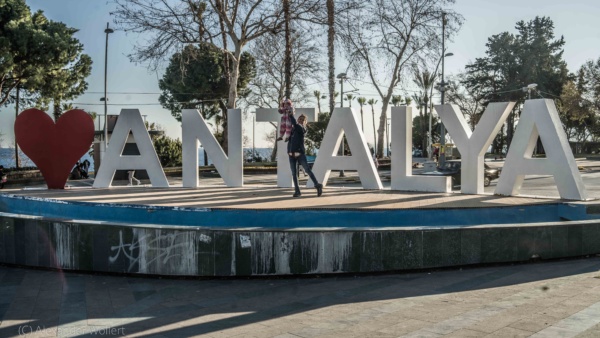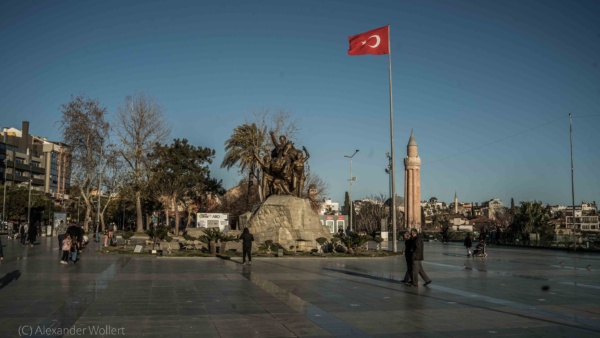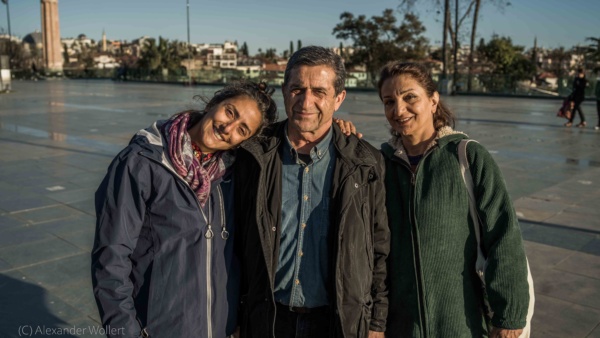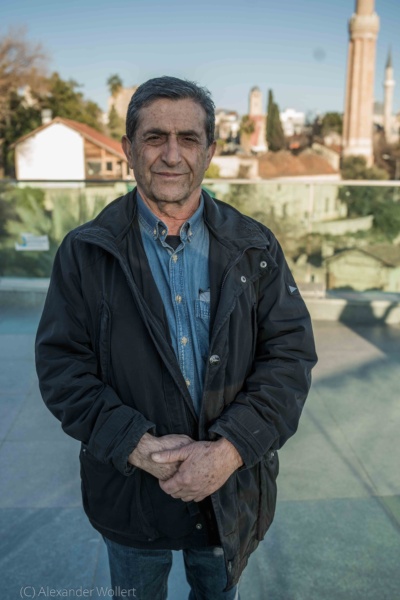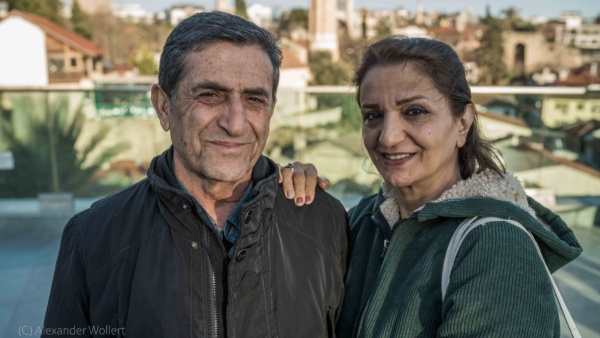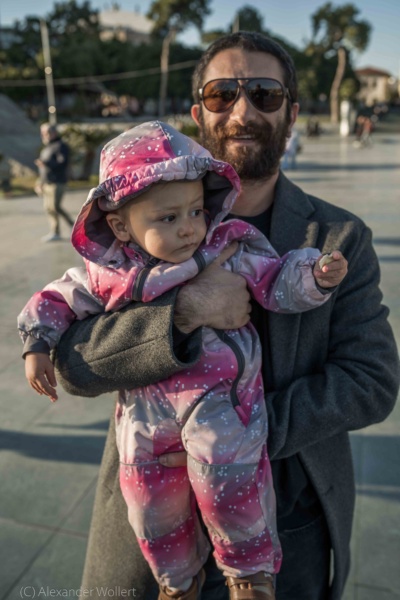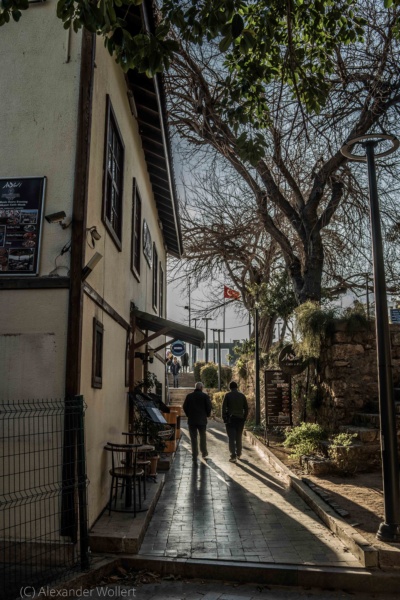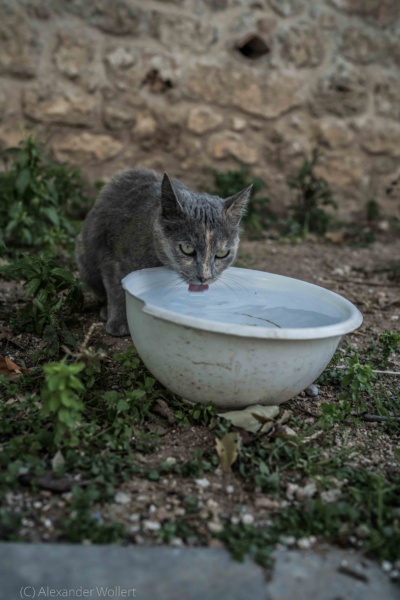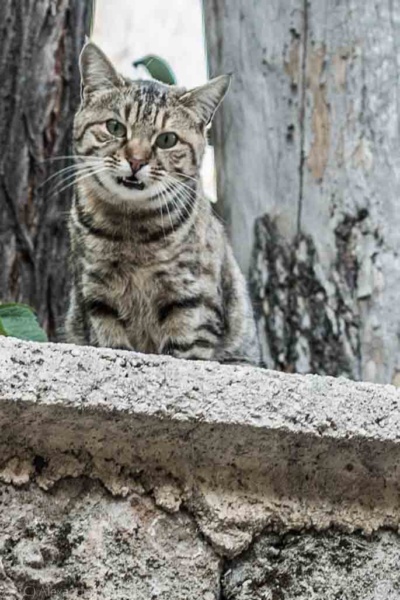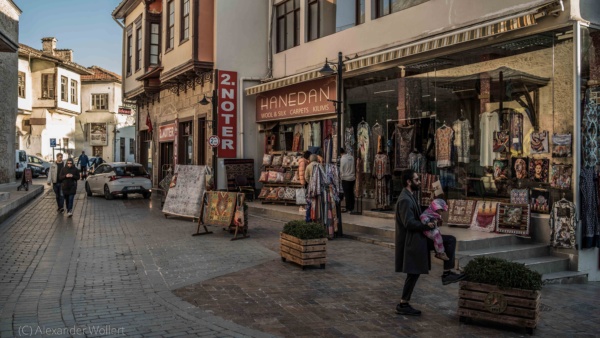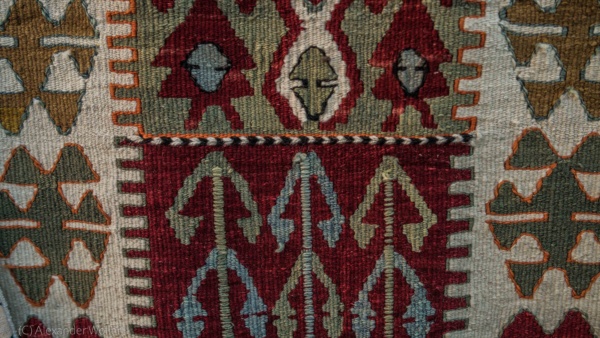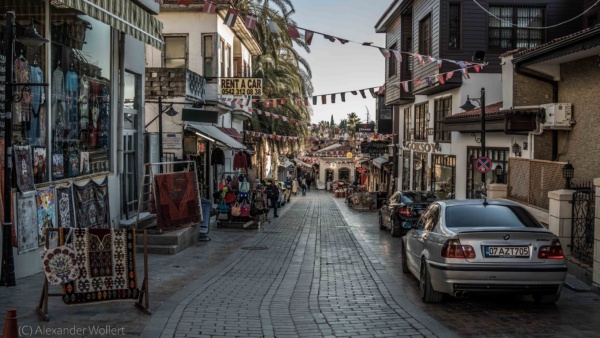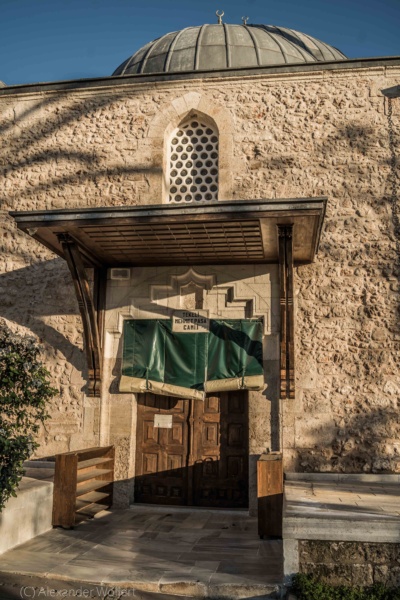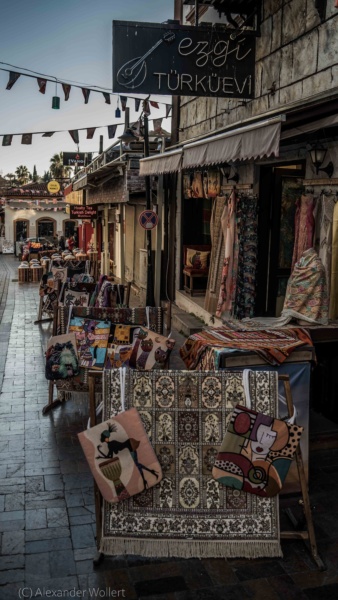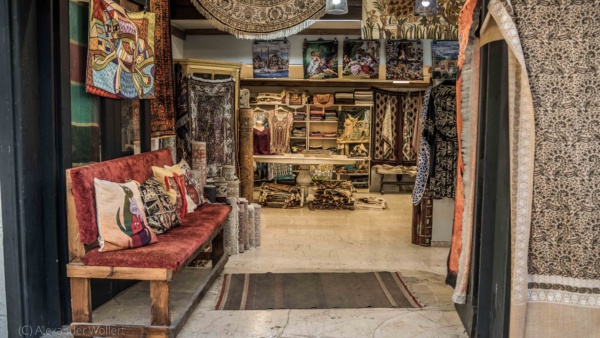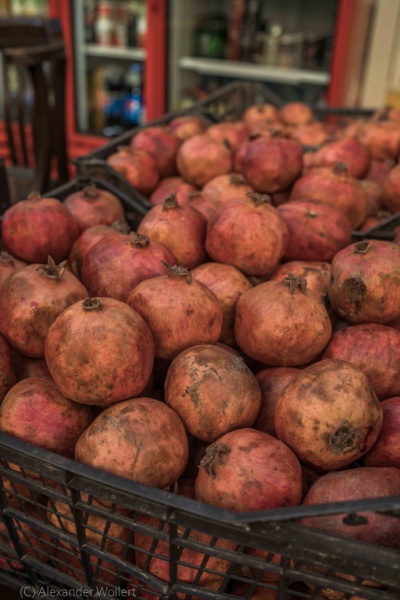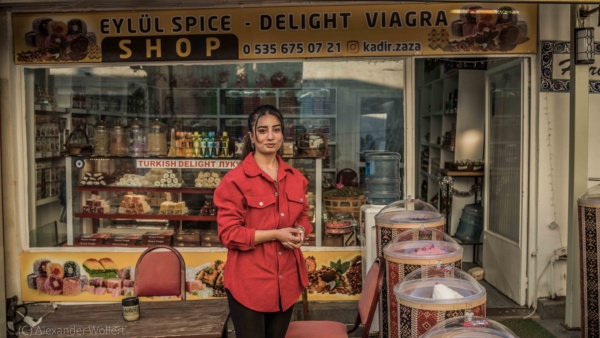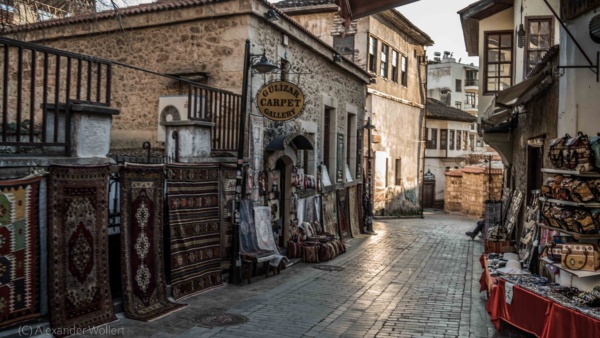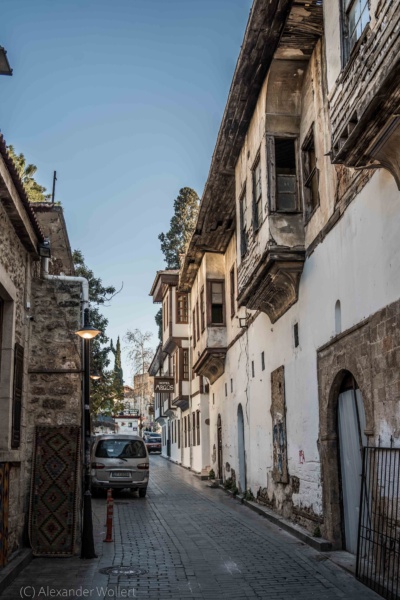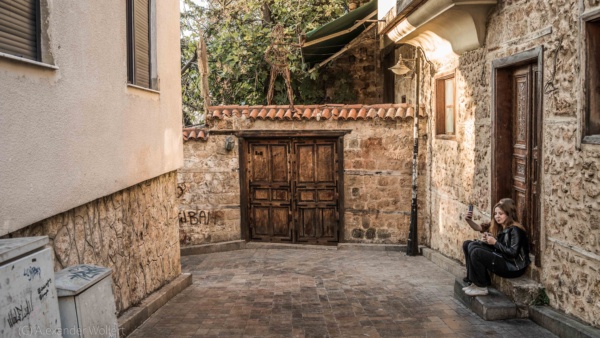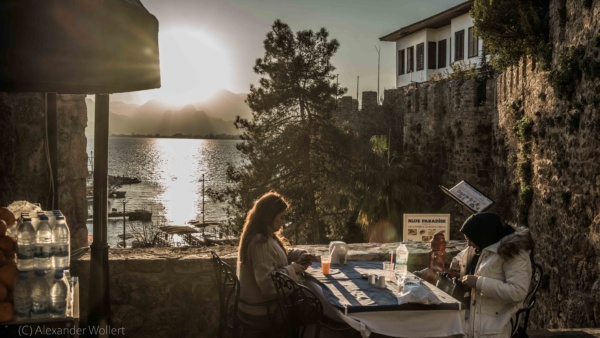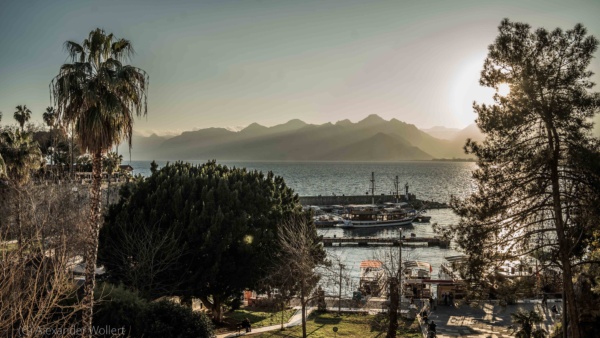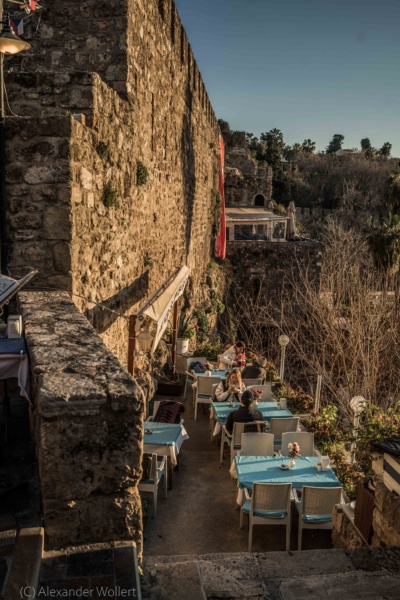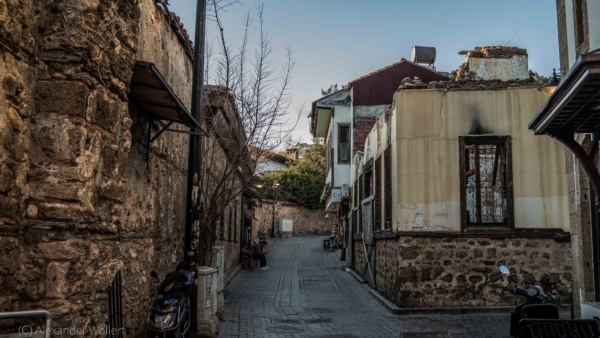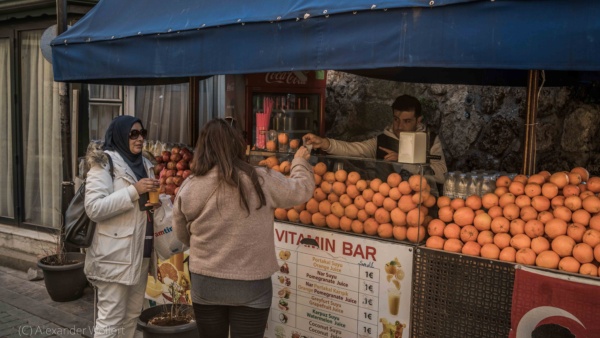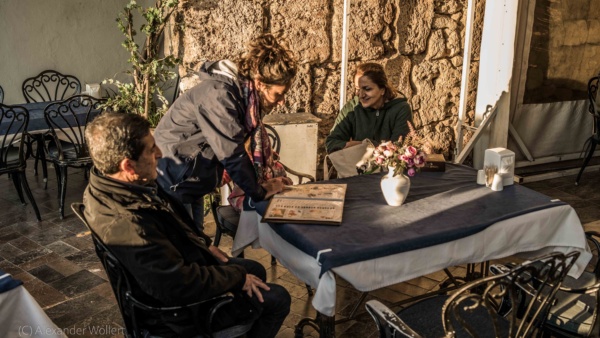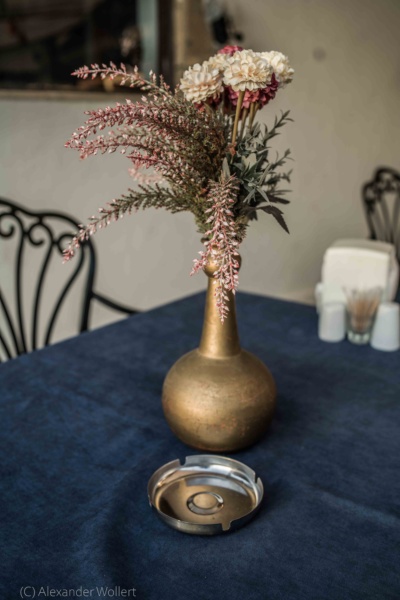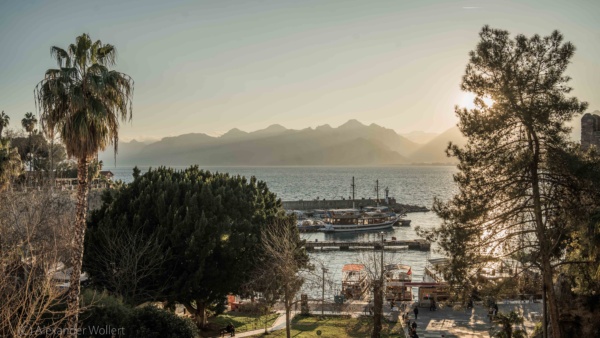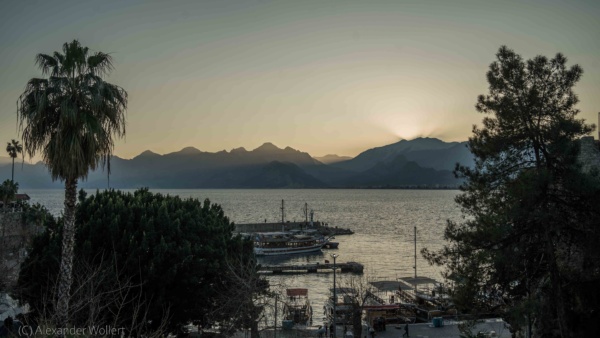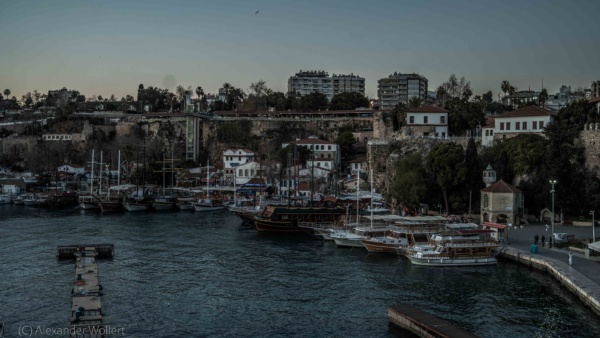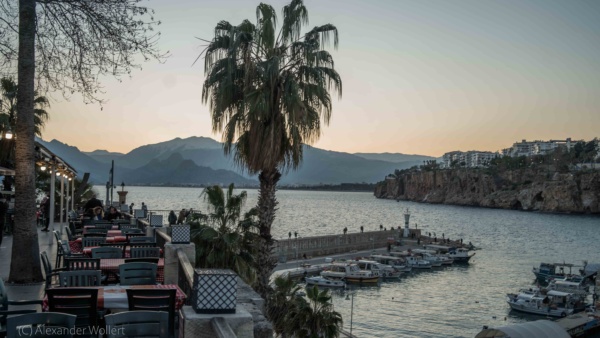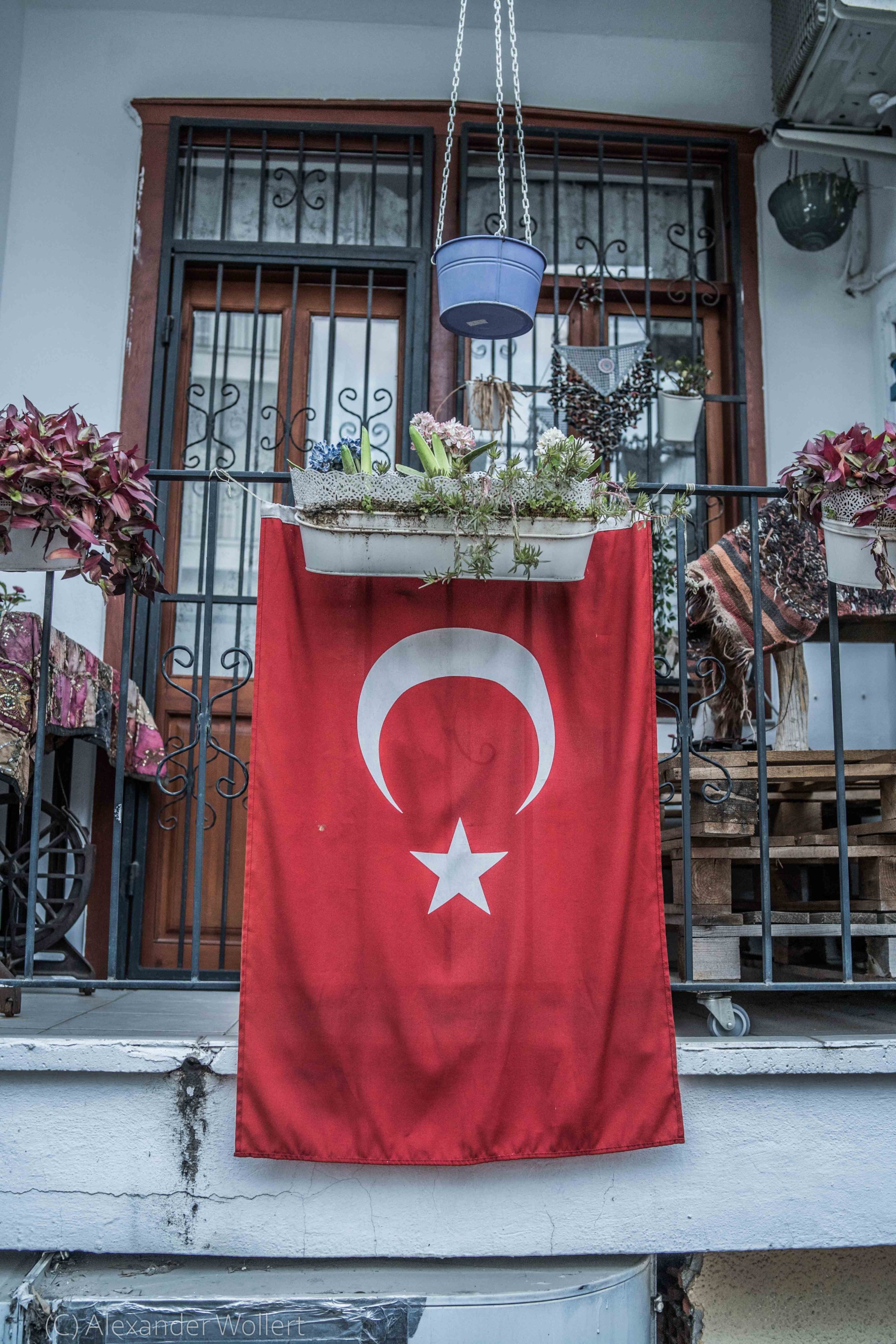Diary Entry
Our epic South America trip is now over. From Medellín we flew to Istanbul via Bogota. There we meet Sara’s family at the airport and fly together to Antalya. The political situation in Iran does not allow us to stay there. We would actually be in mortal danger there.
We take a nice AirBnB between the coast and downtown and find some rest after our beautiful but intense road trip. When I think of Antalya, I think of crowds of tourists who have booked their vacation package in Turkey and want to eat Wiener Schnitzel with doner kebabs on the beach. With Paulaner wheat beer, if you please. Luckily, I’ve always been wrong about my prejudices, but at least there’s something to it in Antalya.
Luckily we are here in February and the number of tourists in the city is limited. There are a particularly large number of refugees in the city at the moment.
Since 2015, Turkey has been home to one million Syrians and the number has not decreased due to the ongoing civil war in the neighboring country. They are now joined by people from Ukraine who are fleeing the invasion of Russia, but also by Russians who want to avoid military service and are going to Turkey with their families. I hear at least as much Russian as Turkish on the baggage claim at the airport and on the shopping streets of the city.
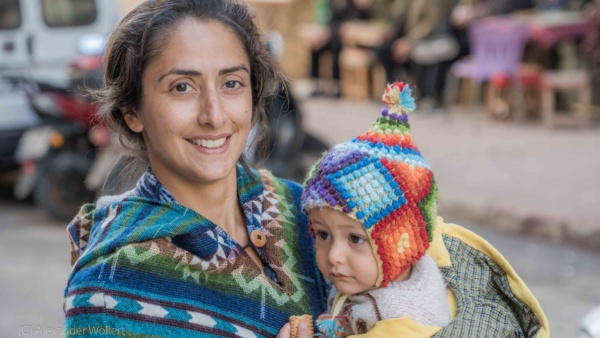


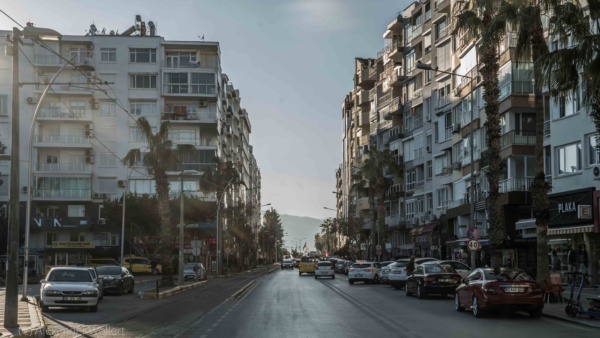

A week before our arrival in Antalya there was another disaster: a series of strong earthquakes shook the region between Turkey and Syria, killing tens of thousands of people and forcing hundreds more thousands of people from both countries to flee through Turkey.
We also notice that in Antalya. When I later visit the TIAFI refugee center, I get to know the effects first-hand and try to find out how we at Avicenna Hilf- und Kulturwerk e.V. can help.
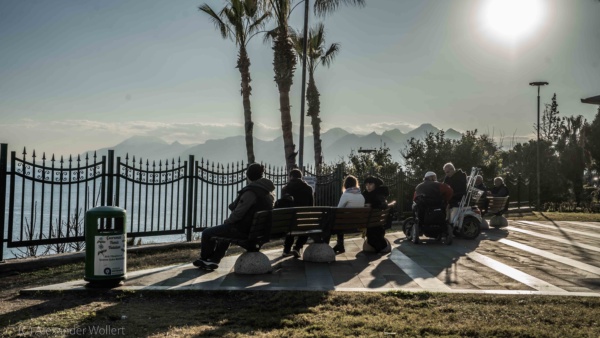
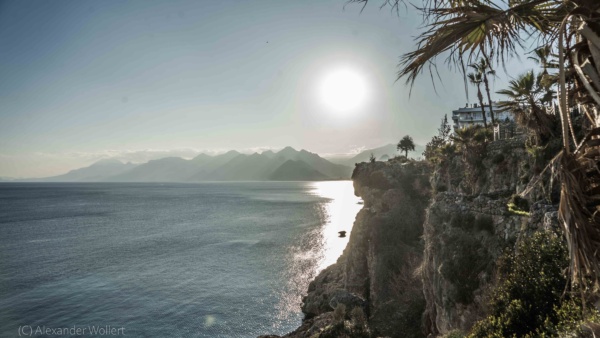
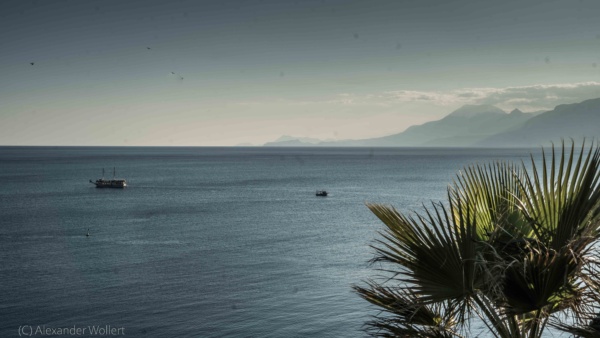
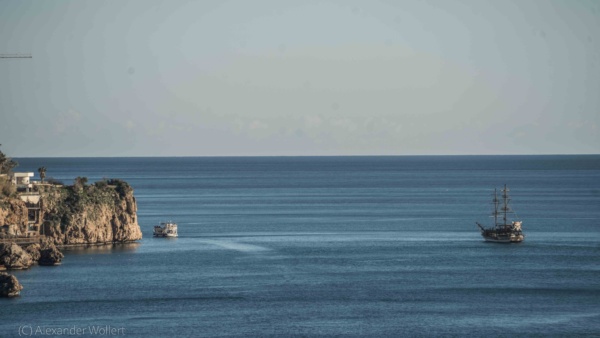
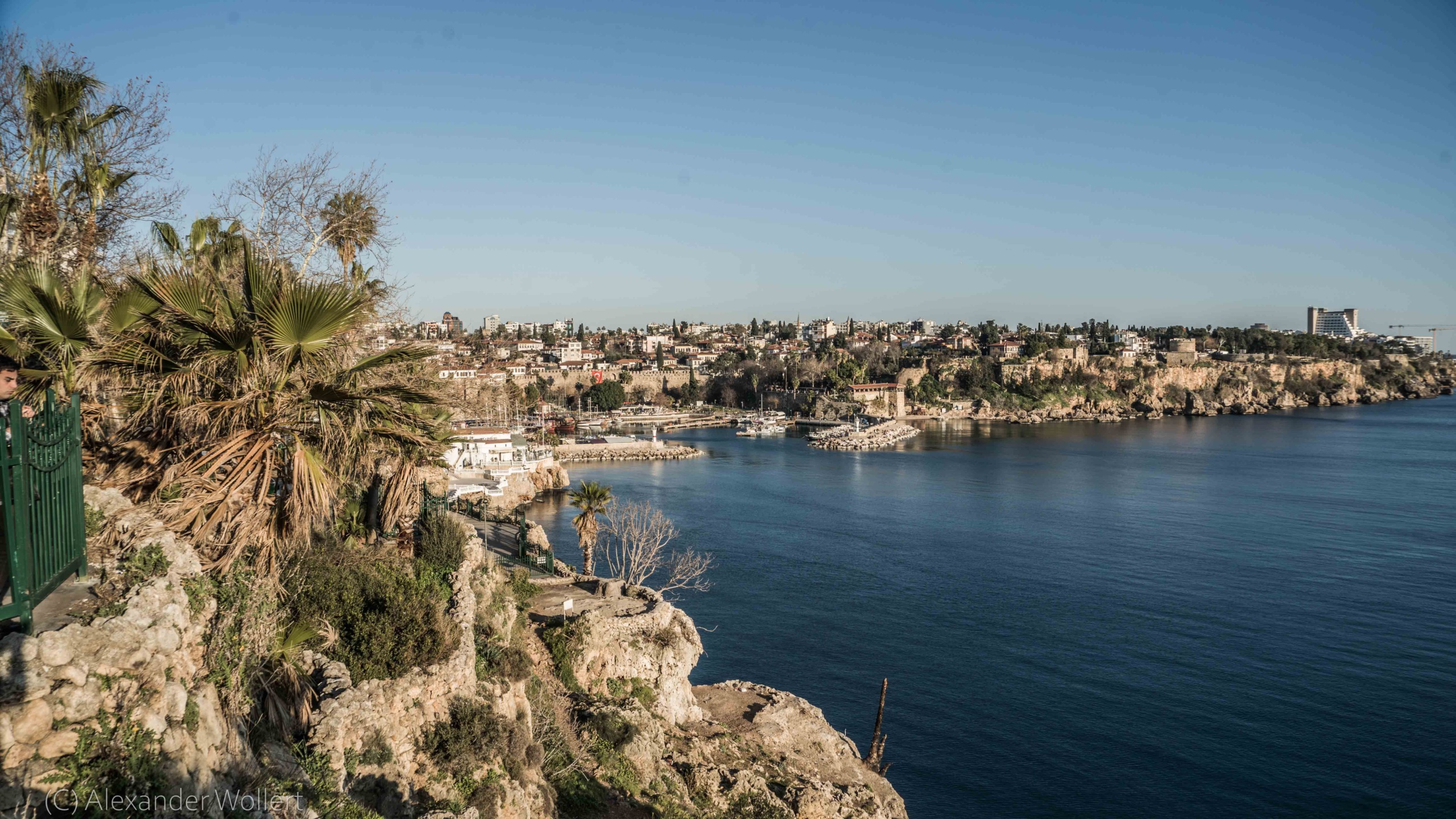
We live in a neighborhood with tearooms and börek kitchens and don’t have to walk far to the coast. Sara’s parents are very happy to finally be able to spend time with their grandson. Leon enjoys the attention of so many people. I fear that he will return to the Black Forest completely spoiled. Me too, though, now that we have the luxury of having someone cook for us all the time.
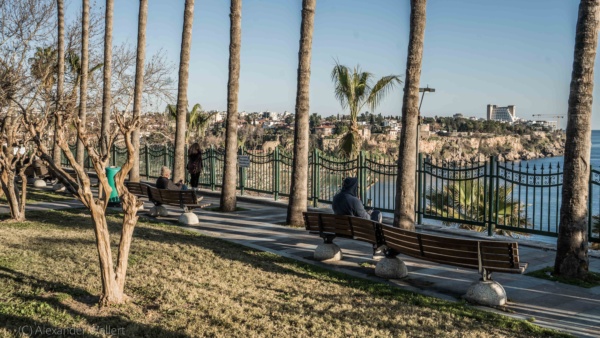
The weather is very nice, but much cooler than we had hoped. As soon as it’s sunny we can walk in t-shirts, but in the shade and at night it gets very chilly.
The sun has a wintry intensity that we haven’t seen for a long time after our trip near the equator. The air feels fresh and is good for the lungs. February is not the best time to visit the city. But I also learn from locals that it is usually warmer at this time of year.
We visit the bazaar and stock up on nice souvenirs that we might still get in our luggage.

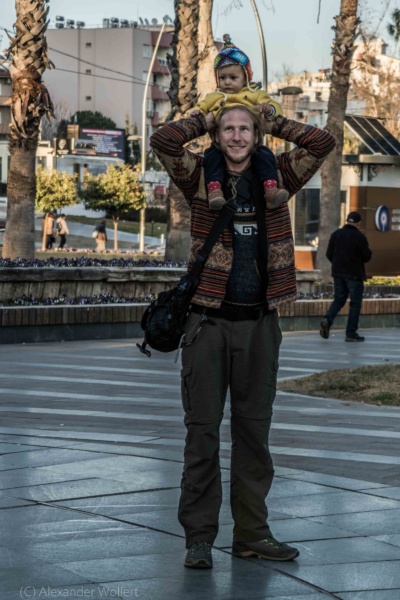

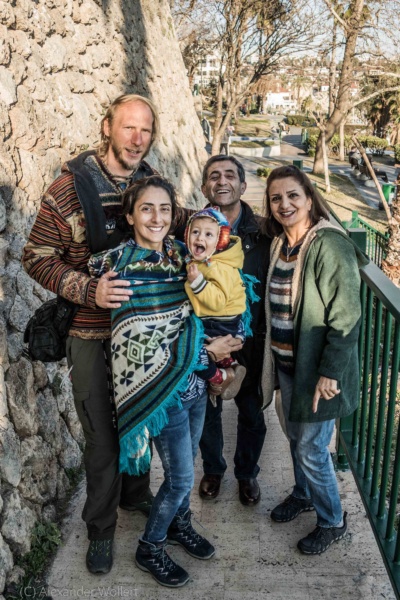

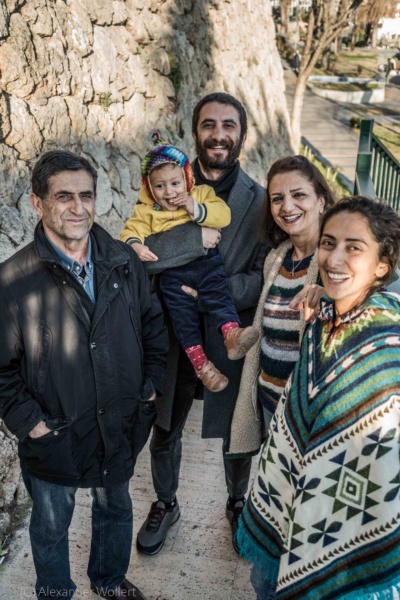
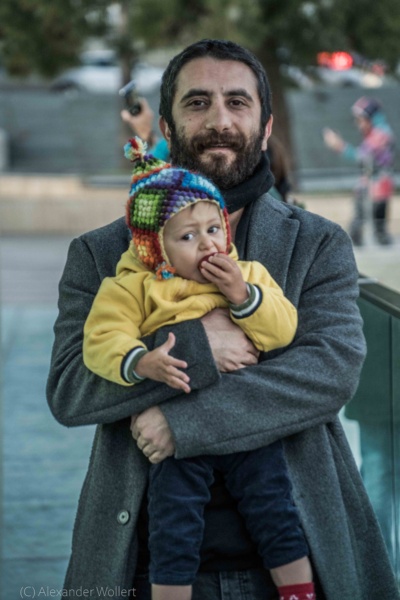
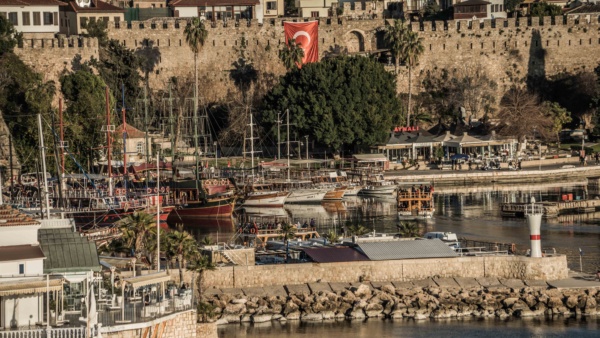
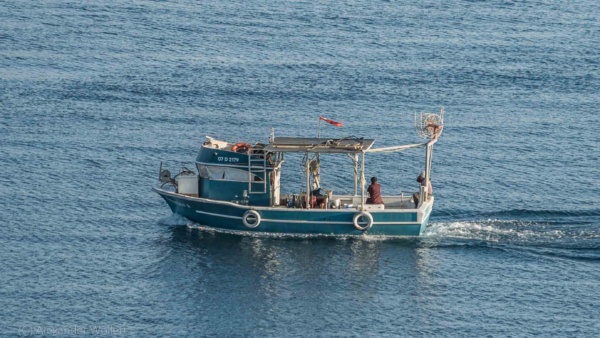
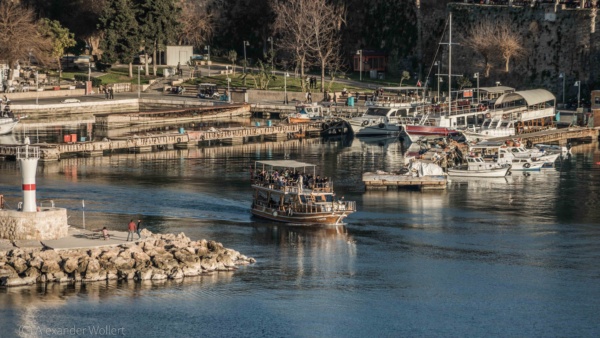
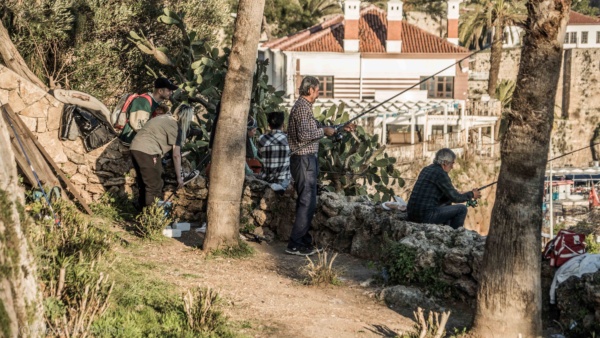
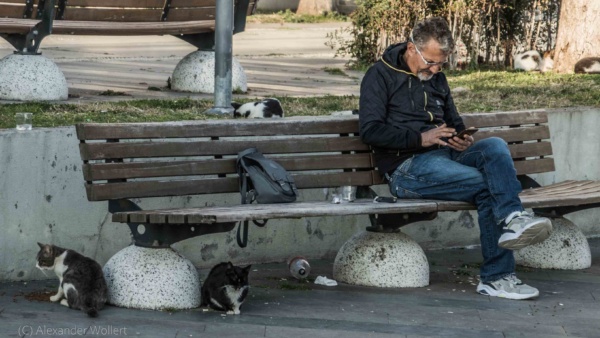
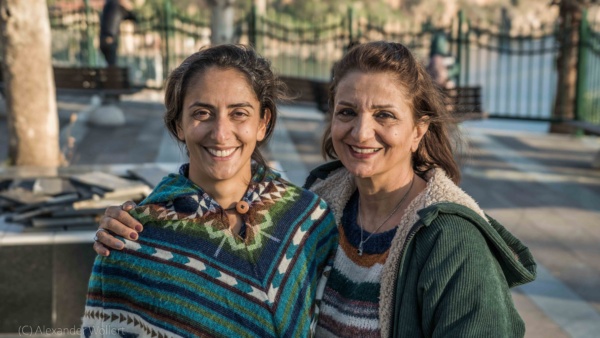
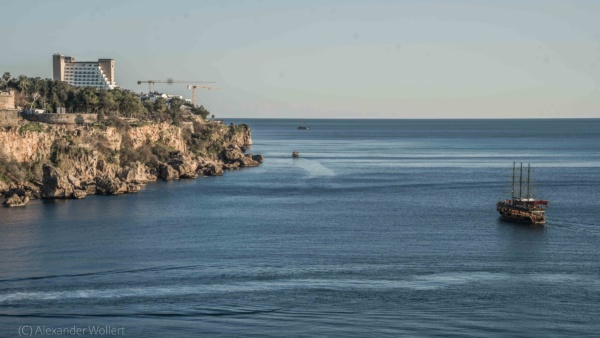
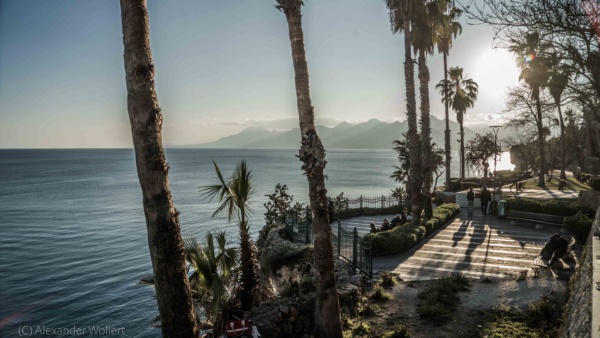
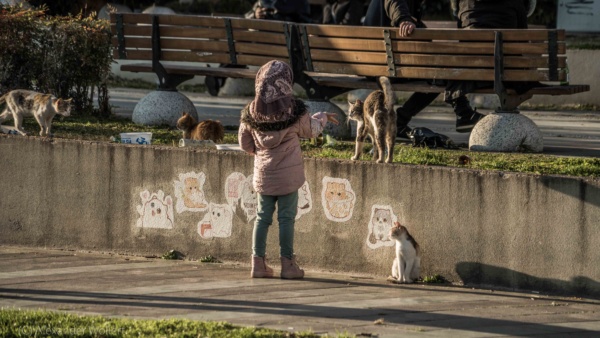
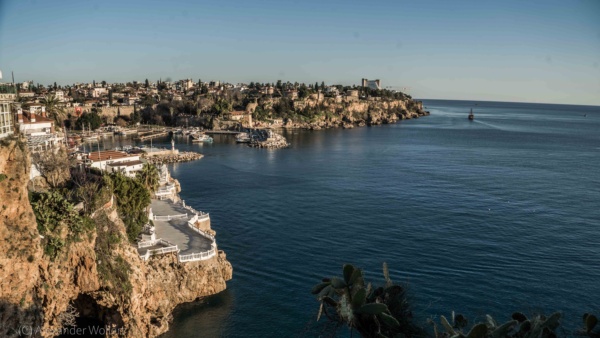
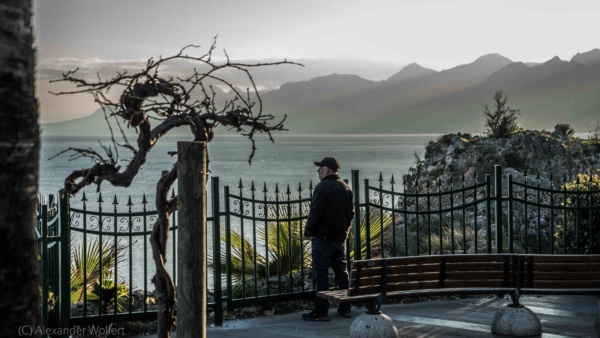
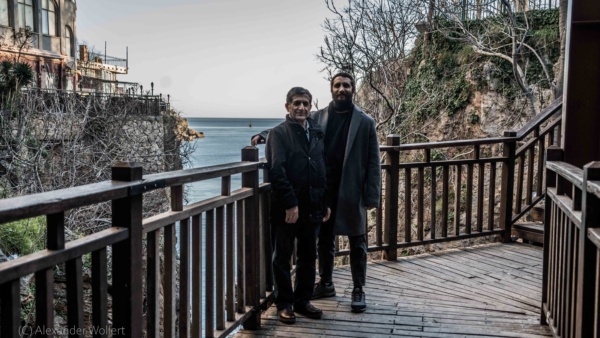
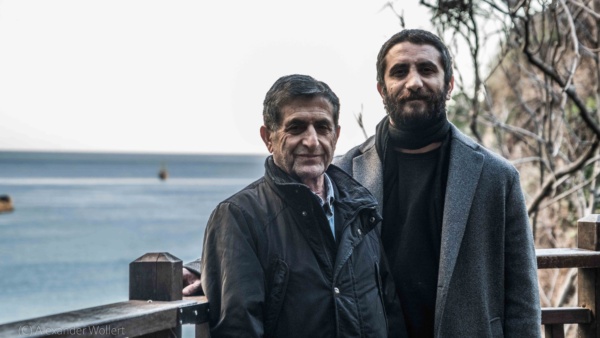
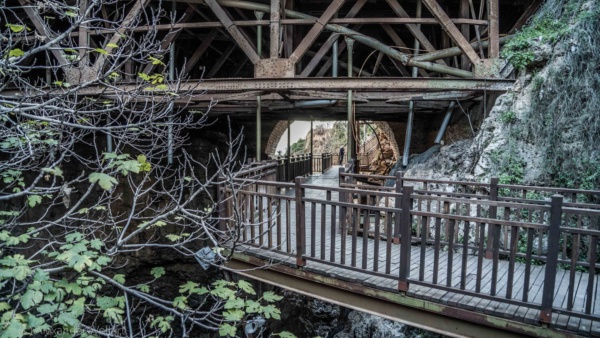
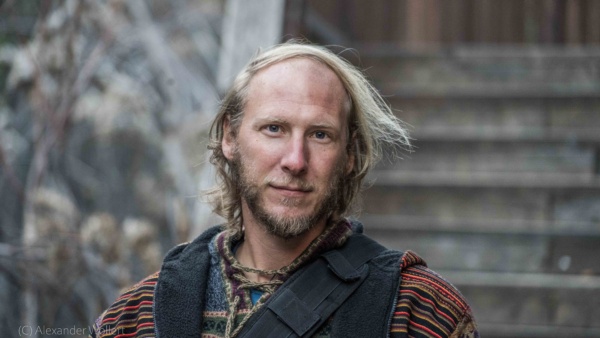
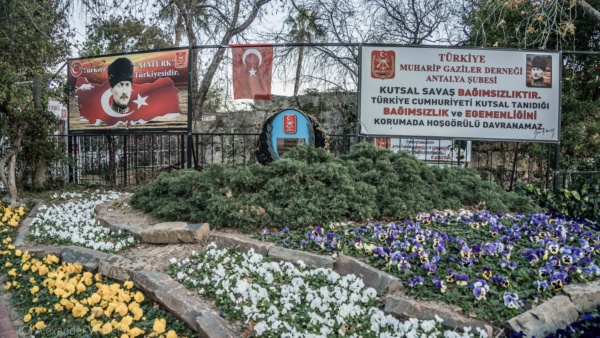
The history of Antalya dates back to ancient times when the city was founded as a port city of Attaleia. In the centuries that followed, the city was ruled by various conquerors, including the Romans, Byzantines, Seljuks and Ottomans. During Roman rule, the city experienced an economic boom and became an important trading center. In the 13th century, Antalya was conquered by the Seljuks and then ruled by the Ottomans, who continued to develop and expand the city over the following centuries.
During World War I, Antalya was occupied by British forces before eventually becoming part of the Republic of Turkey. Today, Antalya is a major city on Turkey’s Mediterranean coast, attracting millions of tourists every year who visit the city for its rich history, archaeological sites and beautiful beach.

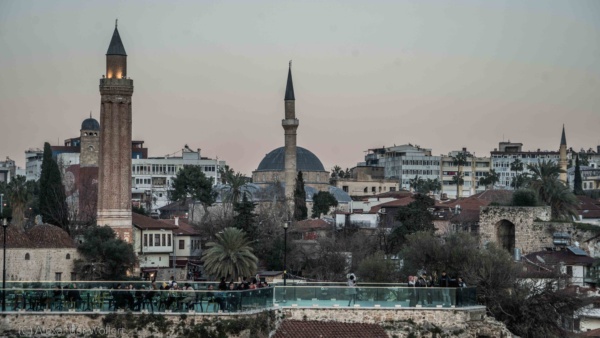
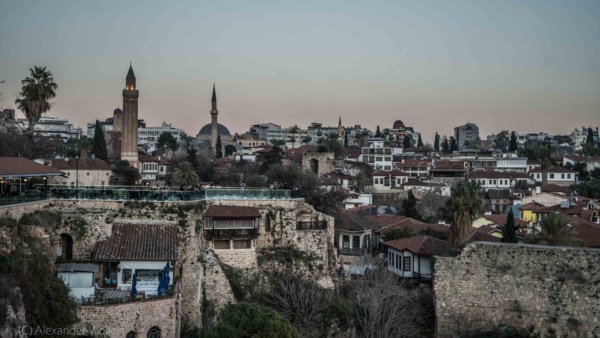
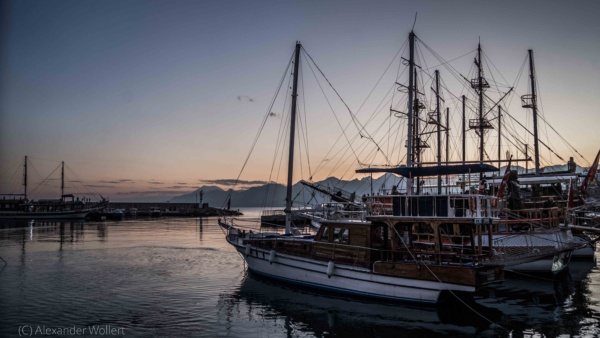
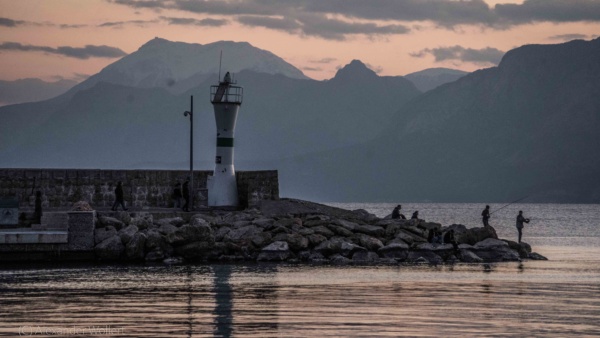
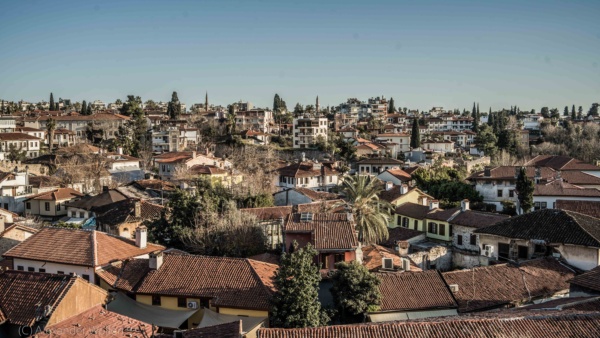


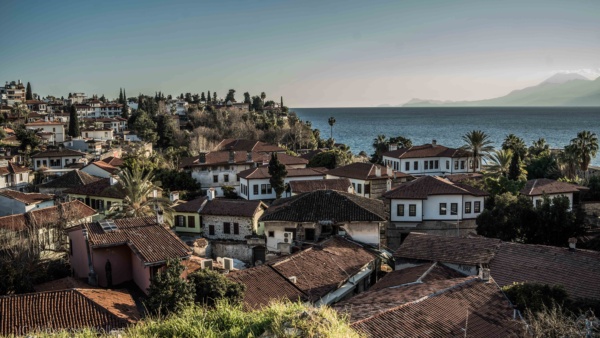
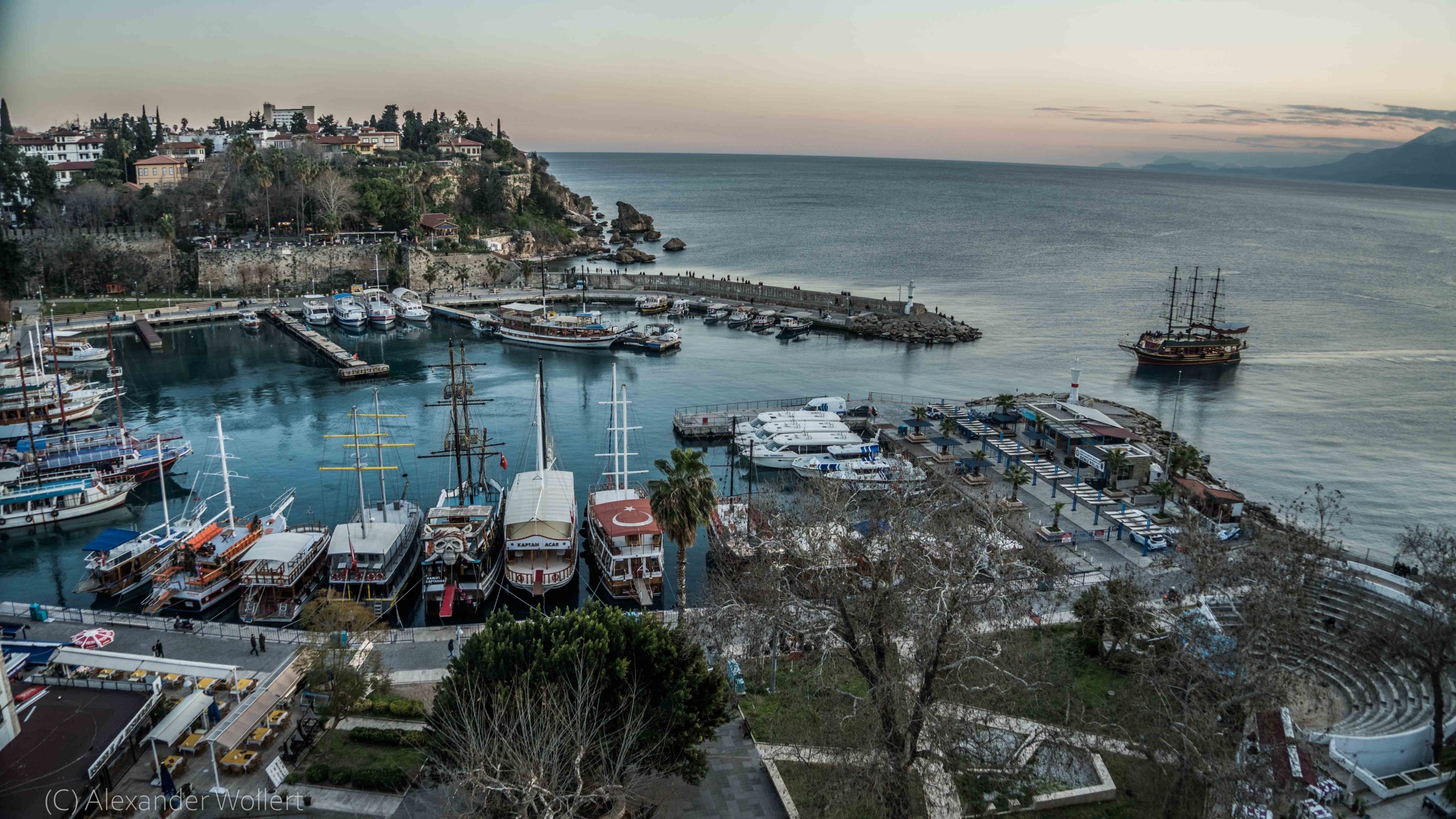
Antalya offers us numerous tourist attractions to discover. One of the city’s most famous landmarks is the ancient port, which is surrounded by an impressive city wall. Here visitors can admire the historic yachts and boats that crowd the harbor. The old town of Antalya, called Kaleici, is also worth a visit. The narrow streets and restored Ottoman houses provide a picturesque backdrop for walks and cozy evenings in one of the many cafés and restaurants.
Another highlight is Hadrian’s Gate, an ancient gate built in AD 130 that was once part of the city walls. Whether in the narrow streets of the old town or on the wide pedestrian walkways of busy main streets: on every corner where you can put two chairs together, you will find someone selling hot tea. This custom is my personal highlight in Turkey and I take many opportunities to just drink a small glass of tea on the way and find a moment of relaxation.
Cats are among the most famous and most loved animals in Antalya. They can be seen almost everywhere in the city and there are many small feeding stations that have been set up by locals and visitors to meet the needs of the cats. It is said that the cats have lived in Antalya for centuries and are an important part of the city’s history.
Many people believe that feeding and caring for the cats in Antalya is a tradition that helps maintain the balance between humans and animals. Leon has great fun chasing after the cats and trying to touch them. This fun is only based on one-sidedness.
Antalya Old Town has a rich history dating back to Roman and Ottoman times. The city was founded in the 2nd century BC. Founded by the Romans and later conquered and expanded by the Ottomans. In the old town of Antalya there are many historical buildings that come from different eras.
The most significant is Hadrian’s Gate built by the Romans in 130 AD or the Yivli Minaret built by the Seljuks in the 13th century. The old town was once the center of Antalya, serving as a commercial and cultural center.
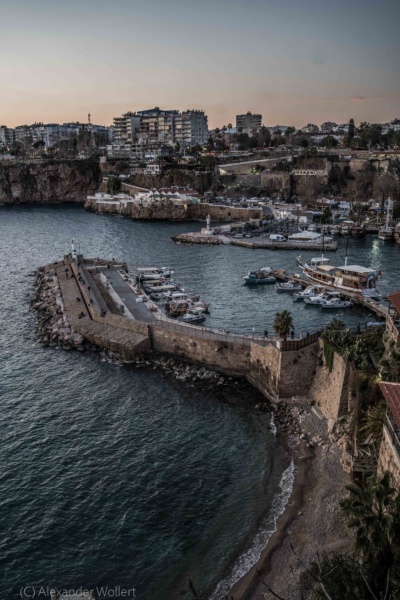

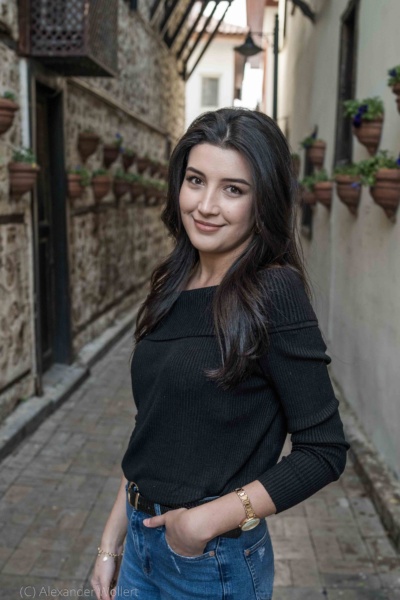
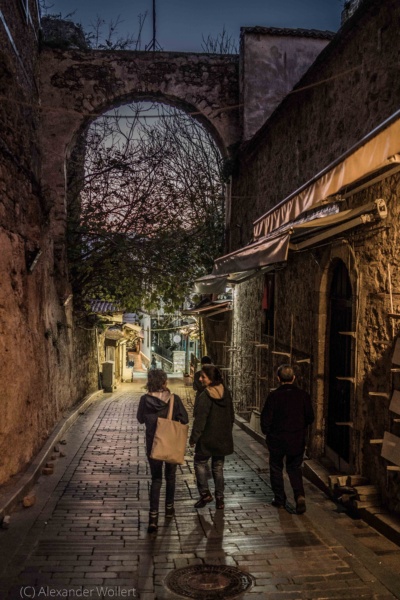

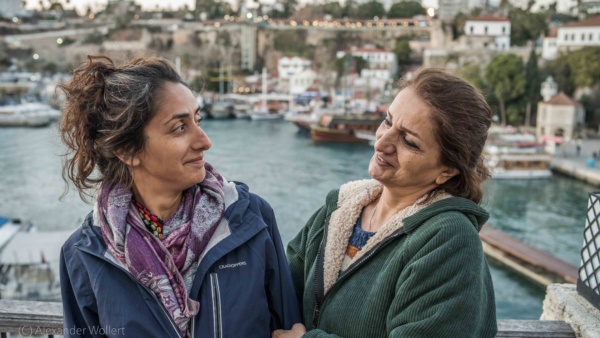

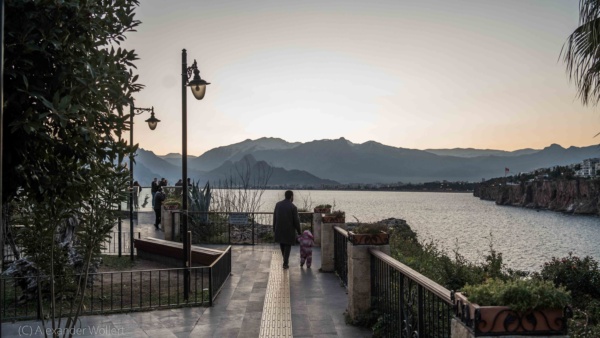
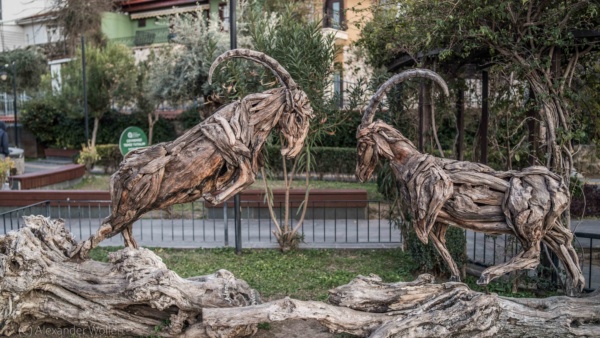

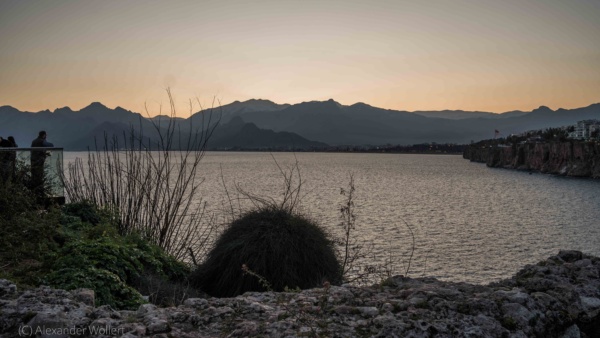
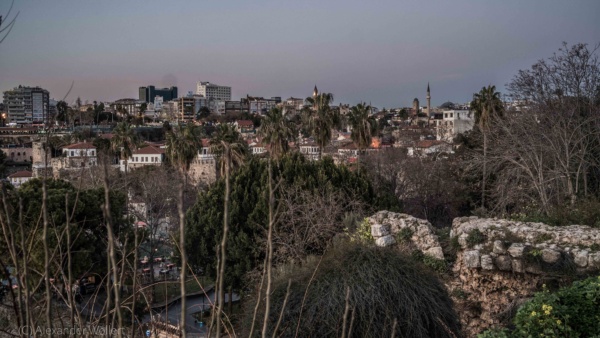

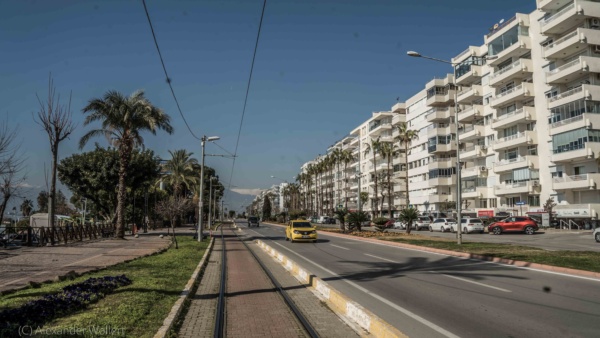
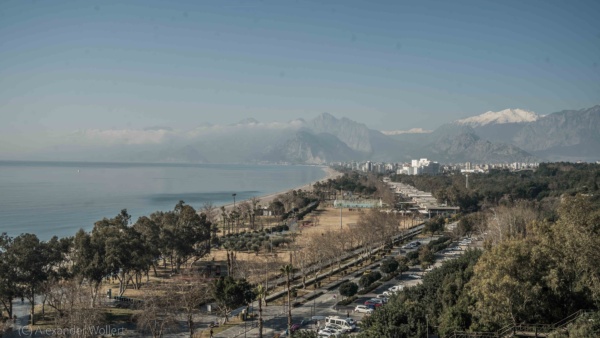
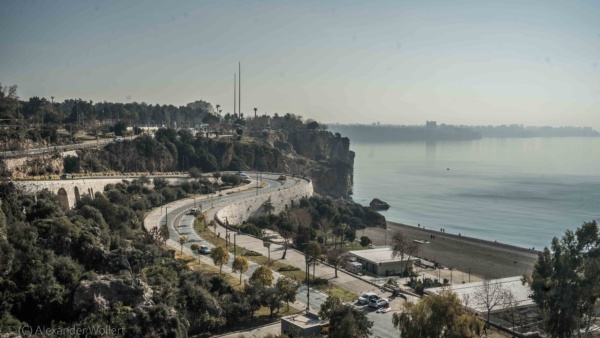
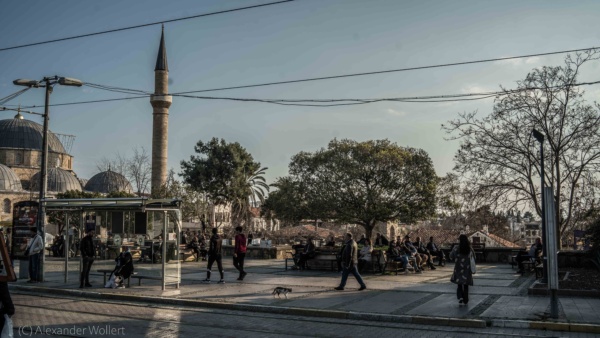
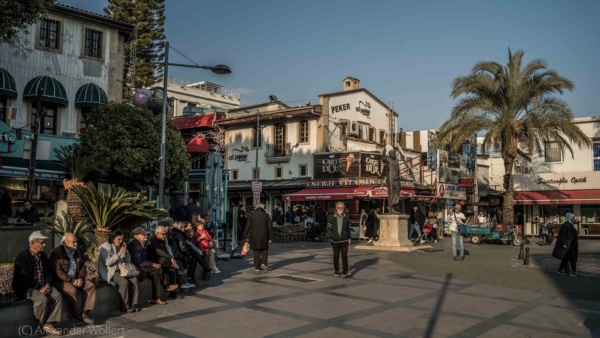
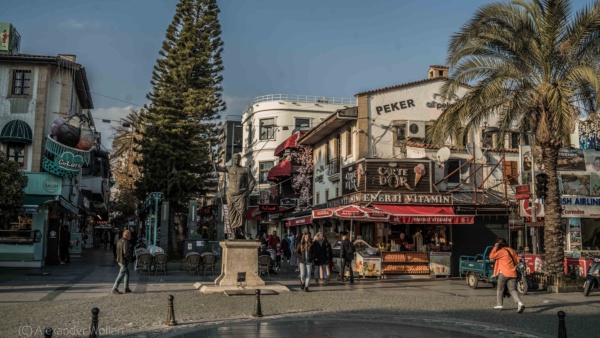
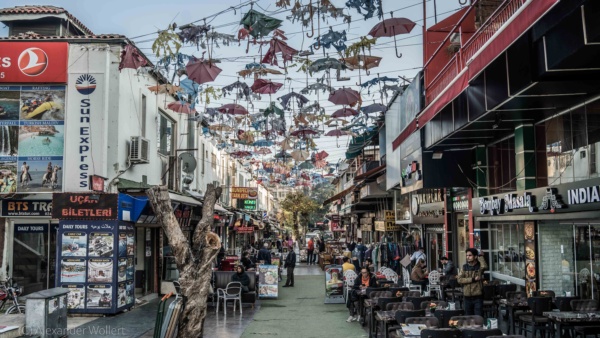
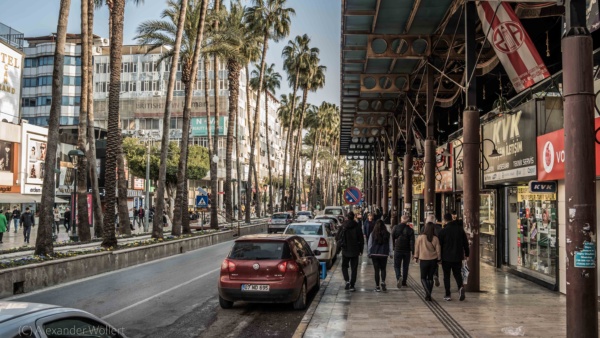
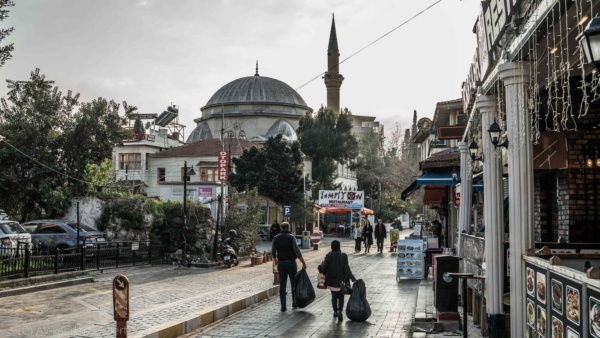
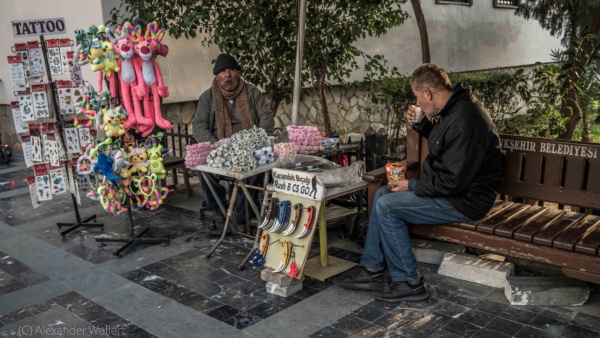
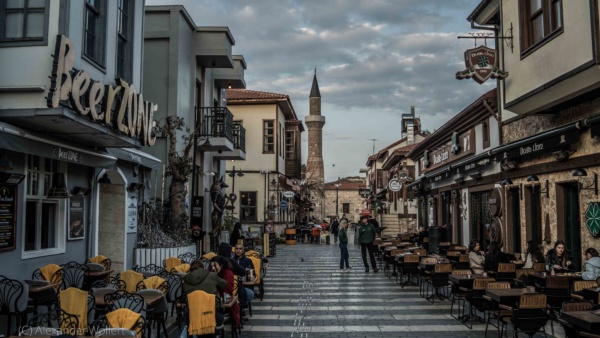
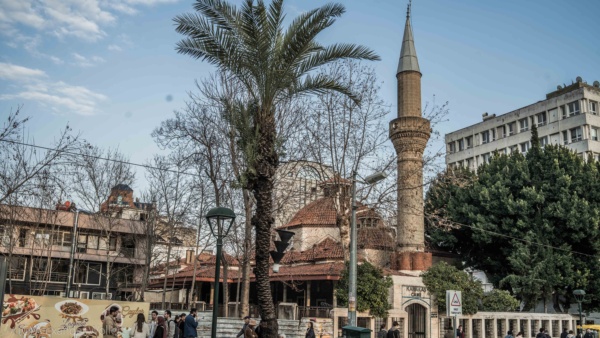
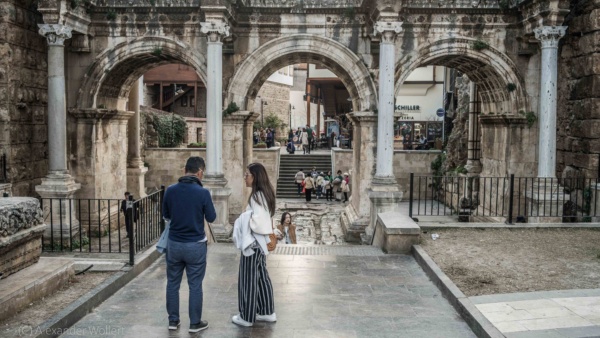
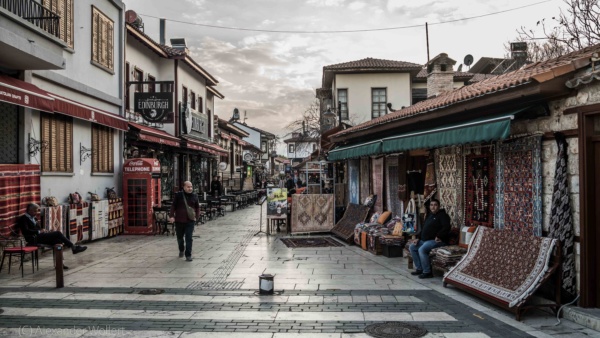
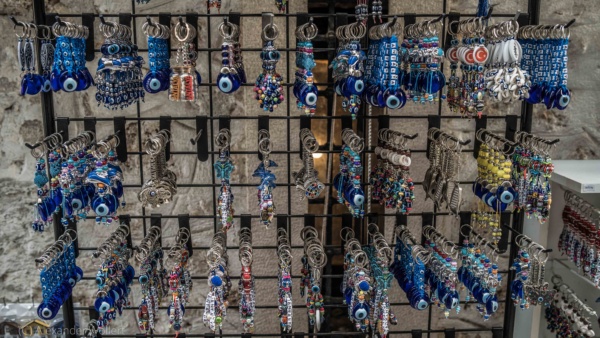
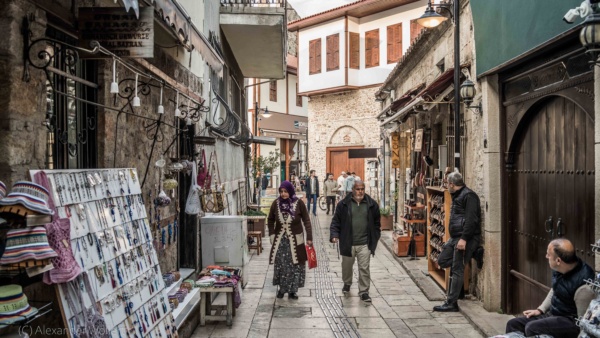
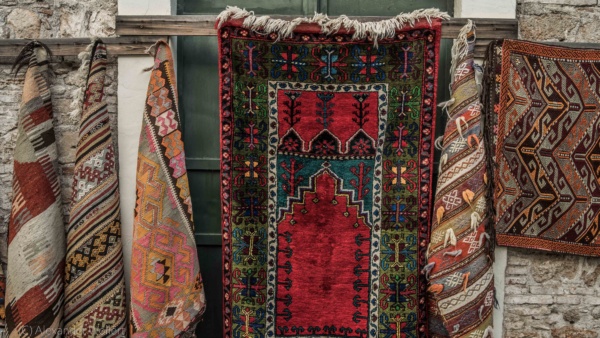


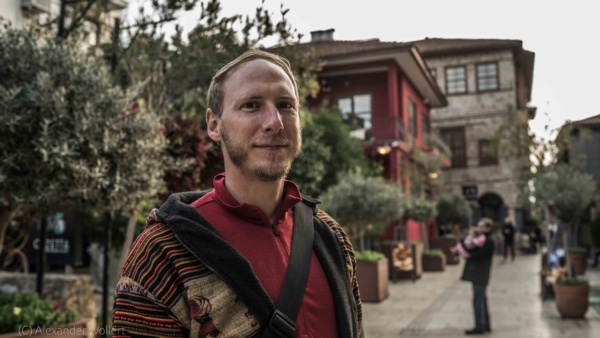
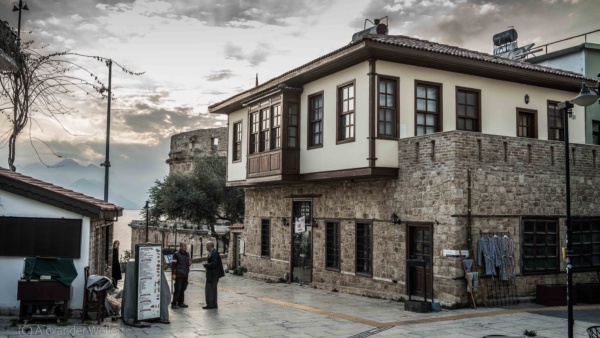
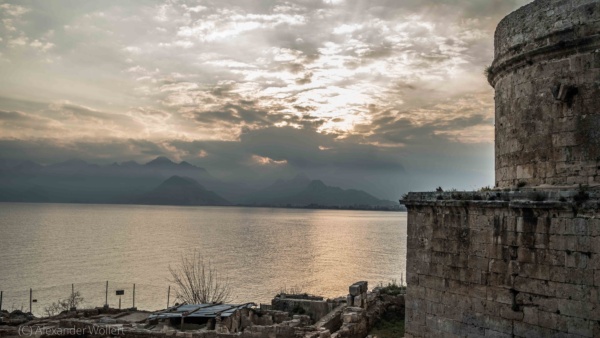
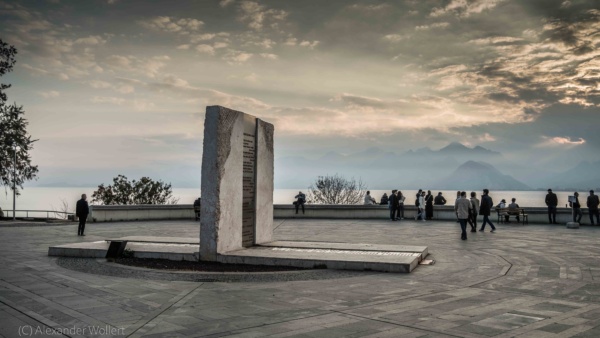

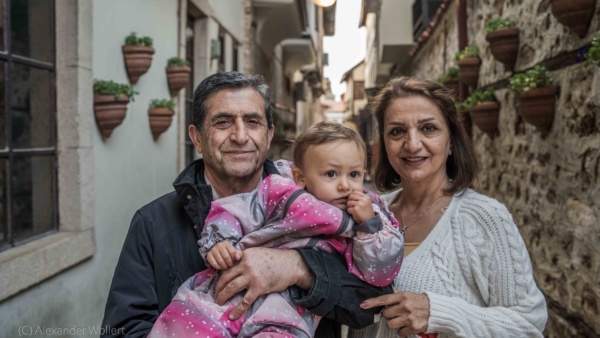
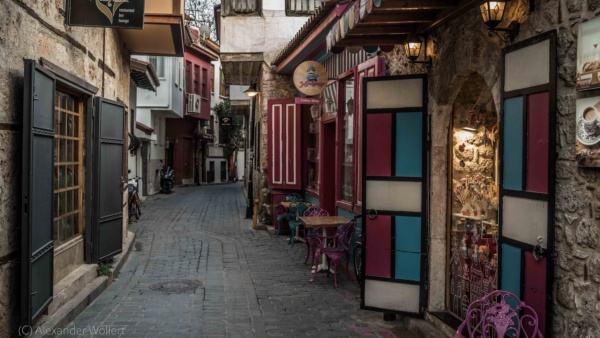
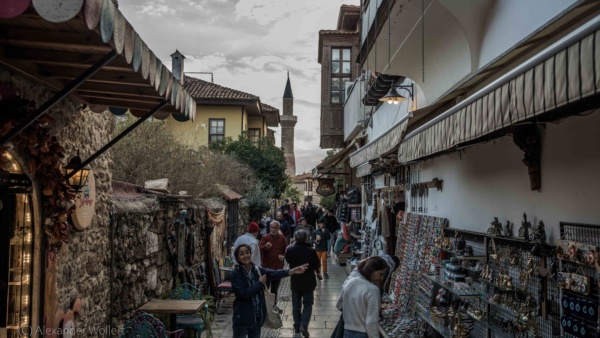
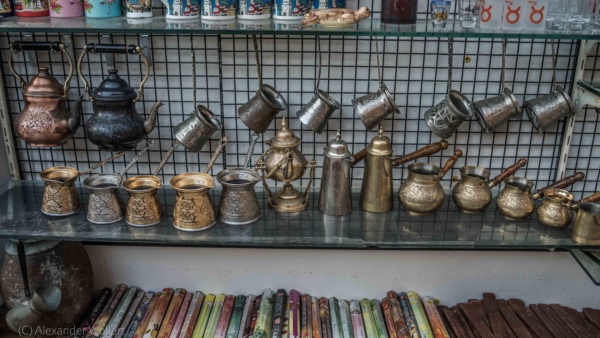

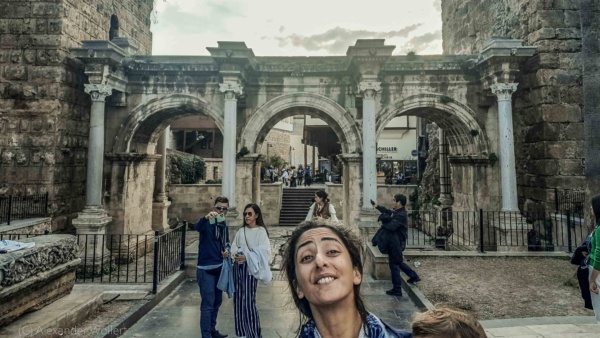
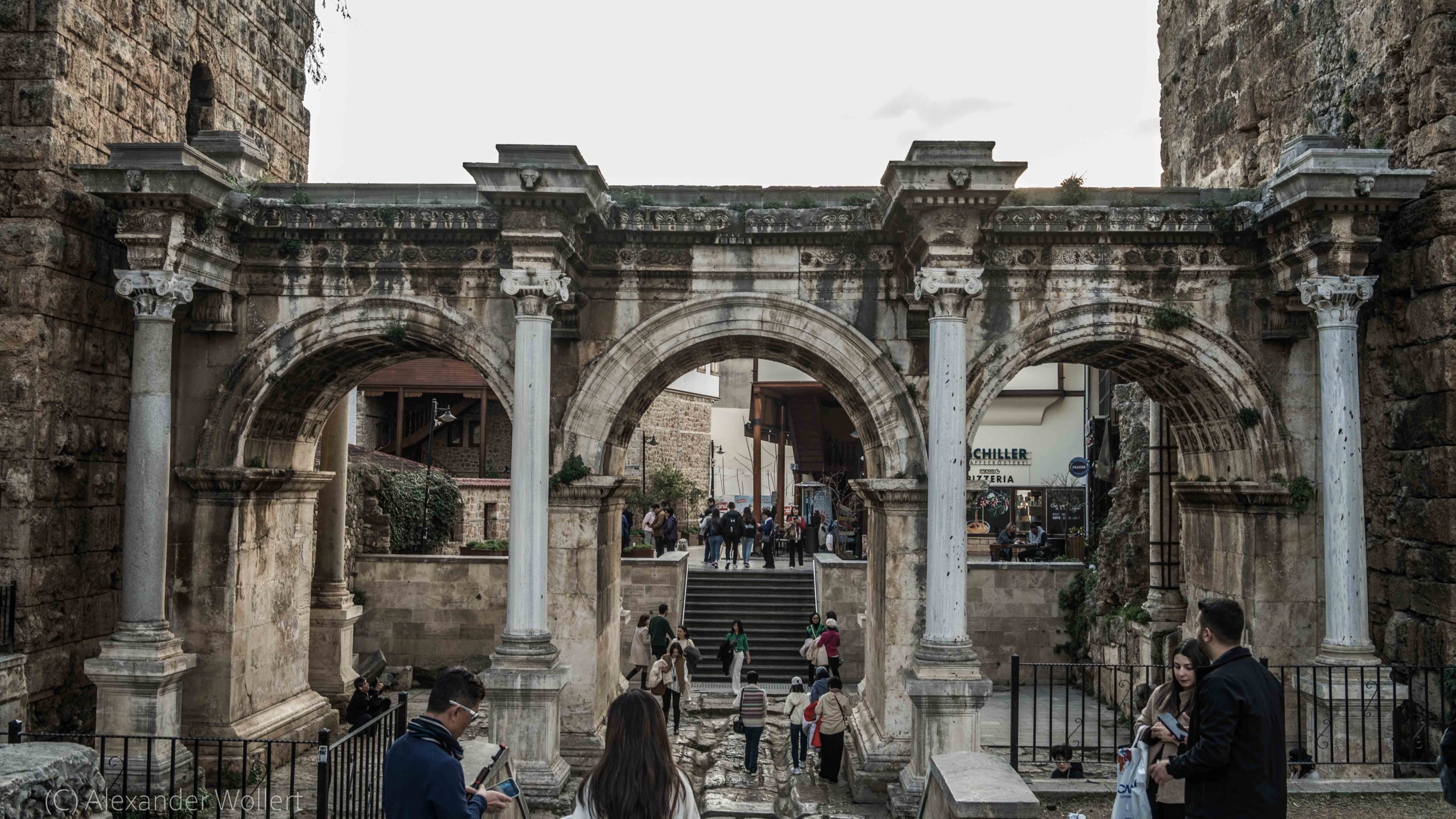

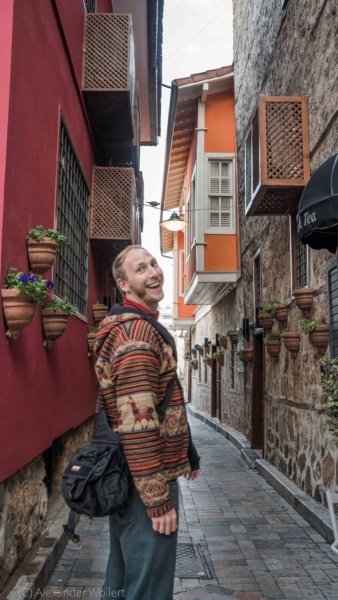
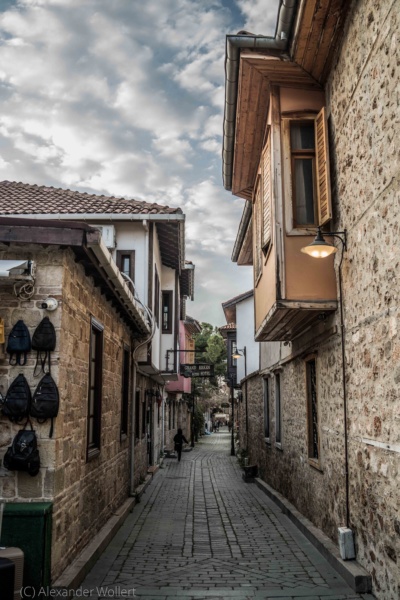
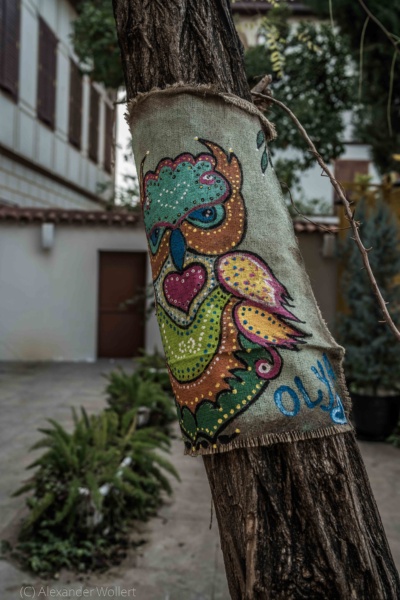


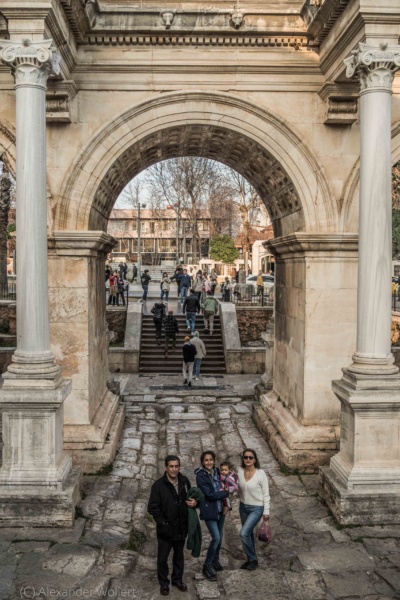
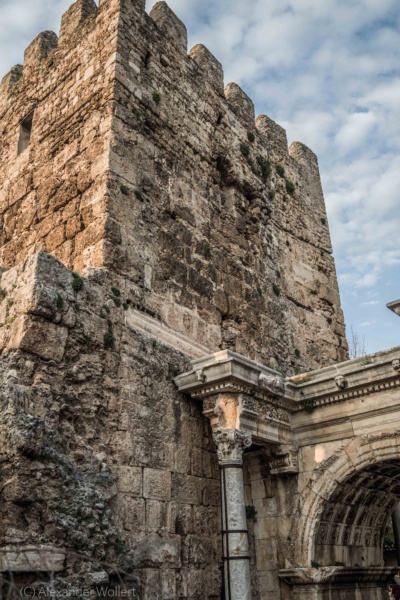
It’s not just a cliché that Turkey is full of kebab shops. The same can be said about Berlin. And yet there are rows of fast-food restaurants that offer doner kebabs. Maybe that’s because of the many tourists. And us, because we make plenty of use of the offer. But of course we also want to try the traditional dishes. One of the most famous dishes from Antalya is the “Piyaz“, a salad made from white beans, onions and parsley, which is refined with lemon juice and olive oil. Another popular dish is “Köfte“, a type of meatballs very popular in Turkey and prepared with spices and herbs in Antalya. We especially recommend the seafood dishes, such as the grilled fish or the “midye dolma“, a stuffed mussel.

Another specialty from Antalya is the Turkish breakfast, which consists of different types of bread and pastries, cheese, olives, eggs, tomatoes and cucumbers. Another local delicacy is the “simit“, a ring made of sesame seeds and dough, which is often served for breakfast and is particularly delicious in Antalya. At the end of a meal, a sweet dessert cannot be missing, such as the “baklava“, a sweet pastry made from puff pastry, nuts and syrup.
The Turkish coffee should not be missing either. In many places it is still traditionally prepared over hot sand.
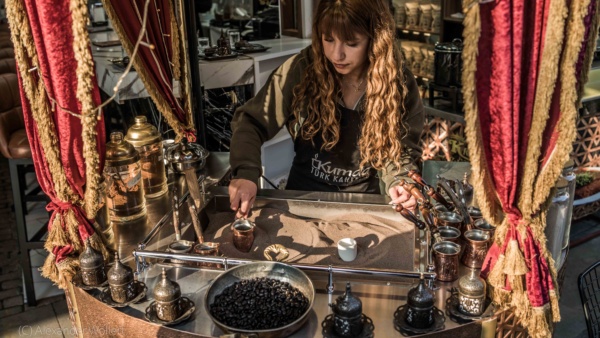
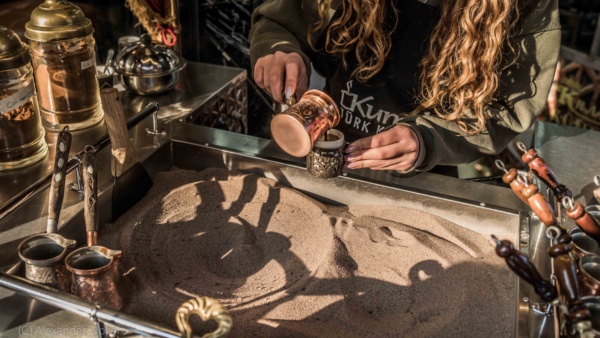
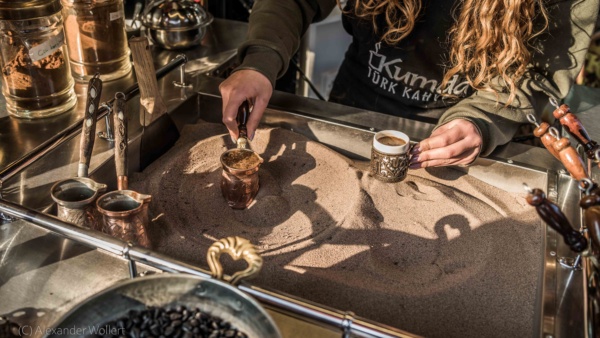
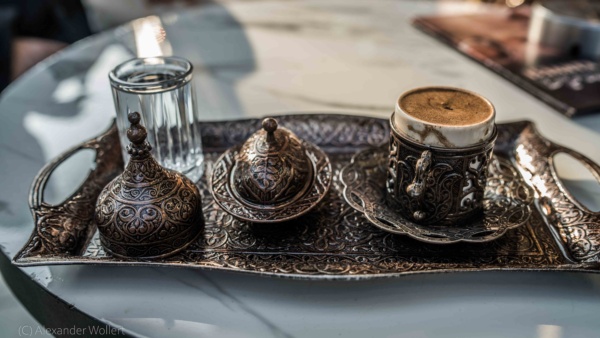
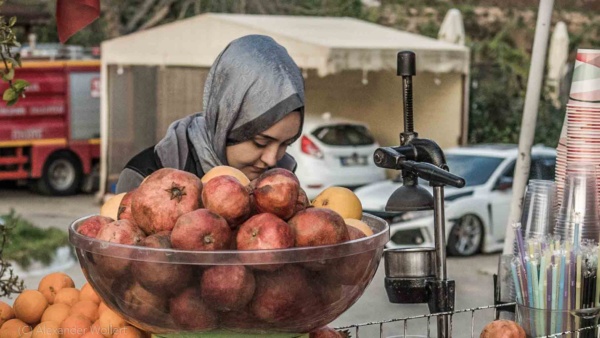
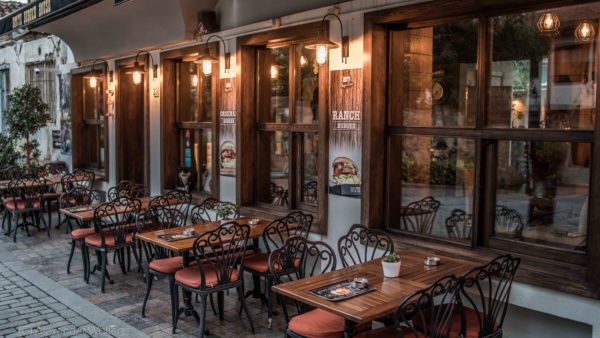
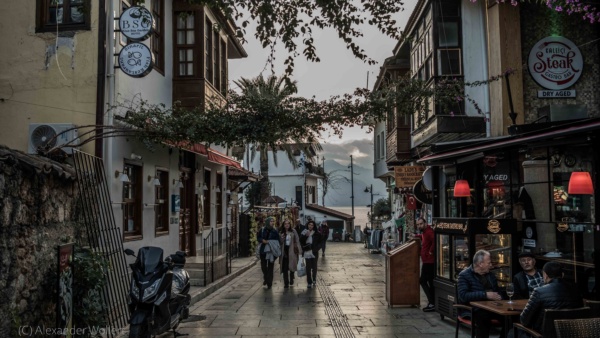
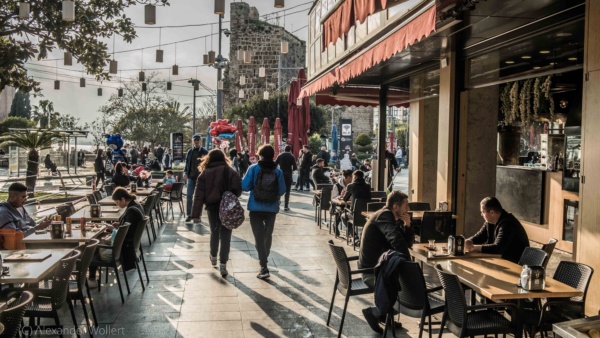
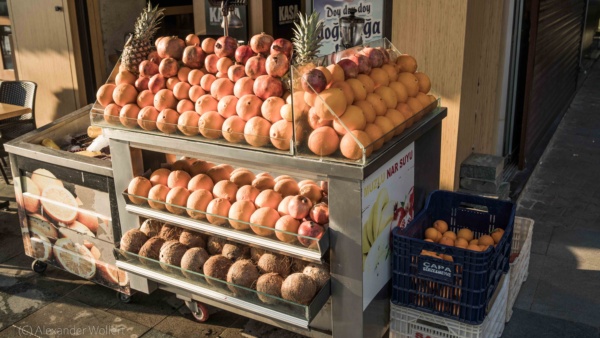
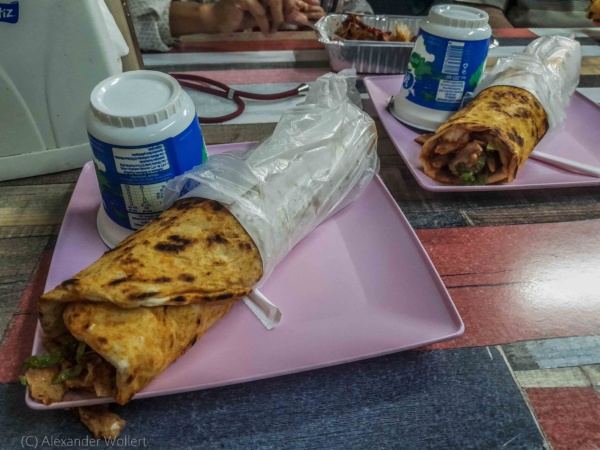
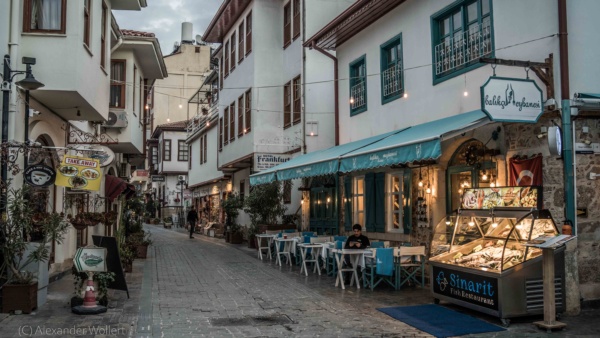
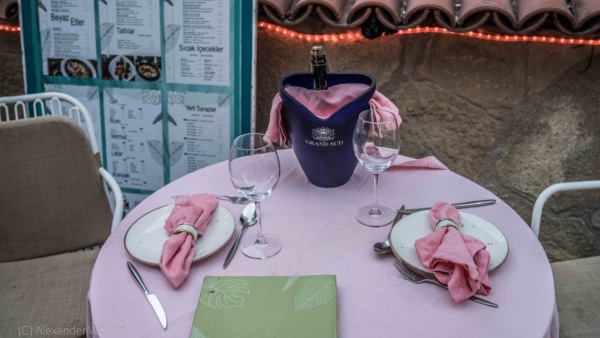
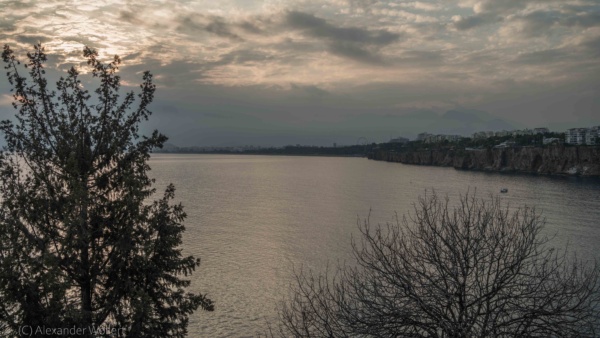
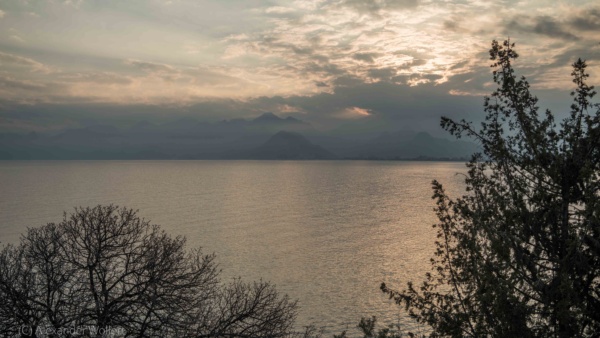
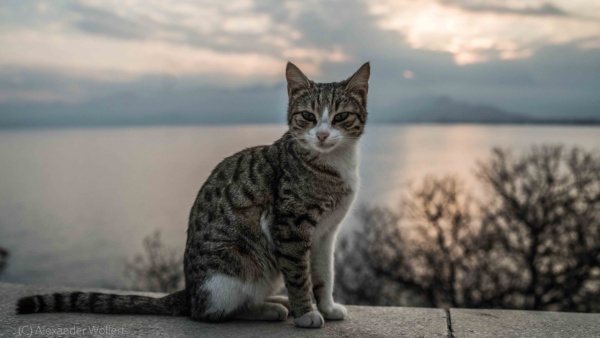
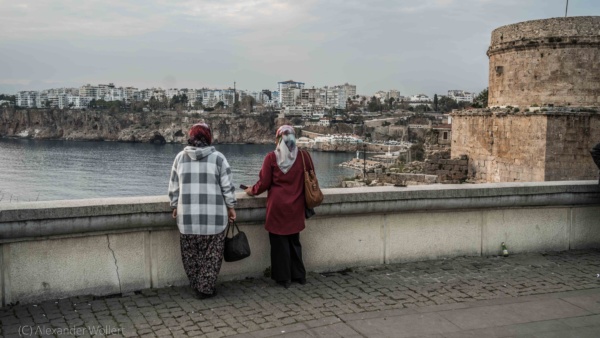
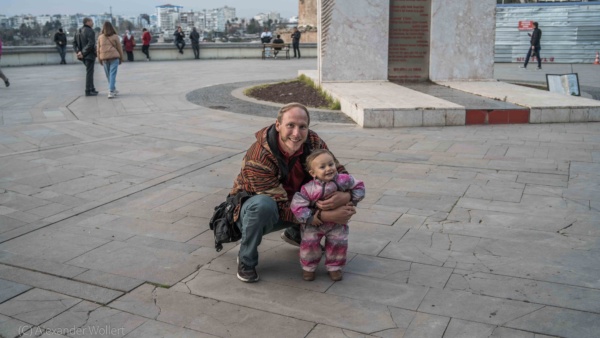

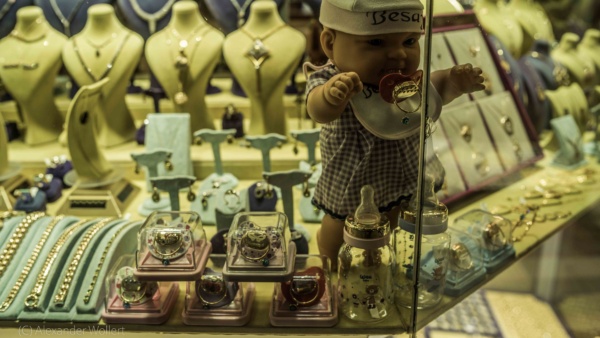
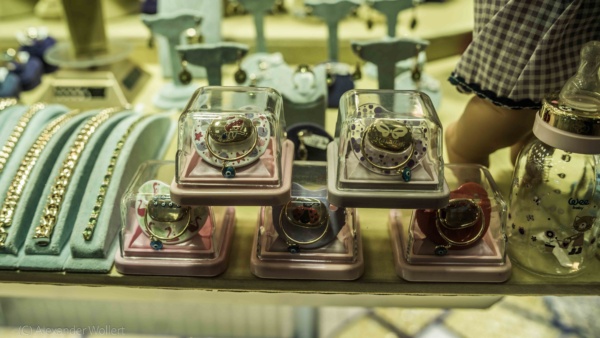

We’re not just visiting old walls while we’re here. There is also an impressive natural spectacle to see: the Düden waterfalls.
The water cascades down cliffs into a deep gorge, forming a scenic waterfall. Visitors can view the falls from above or below by either walking the upper walkways or descending the stairs to cool off under the falls.
The Düden Waterfalls are not only a popular destination for us, but also an important place for the locals to enjoy the natural beauty and tranquility of the place. The falls are also a popular location for photo shoots and events.
My camera is also happy and my drone practically jumps into my hand by itself. I can’t say no to her. She gets a lot to do in the air. The wind is very strong and I am lucky that it does not join the seabed among other remains of the centuries.
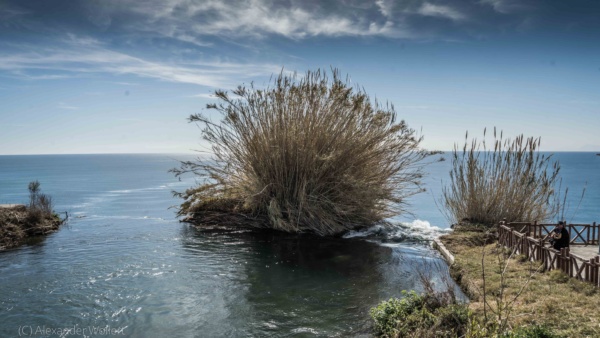
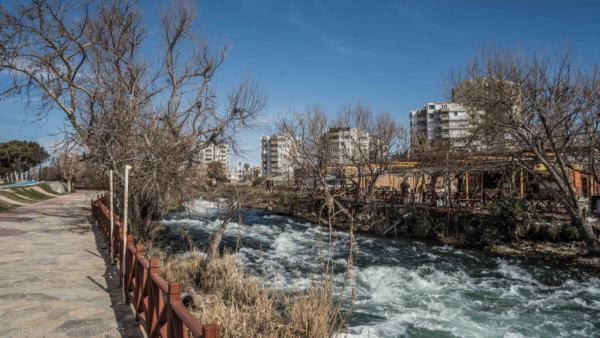


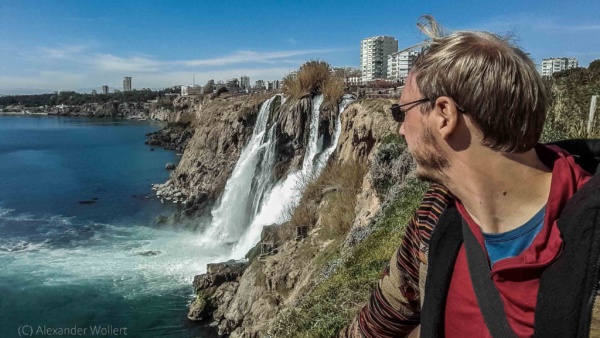
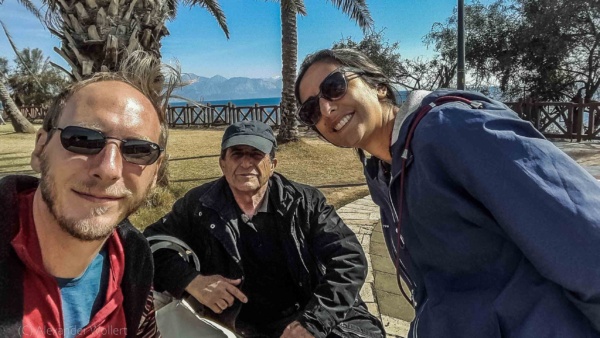
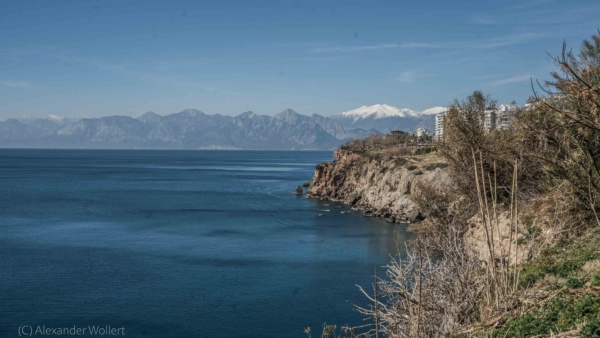
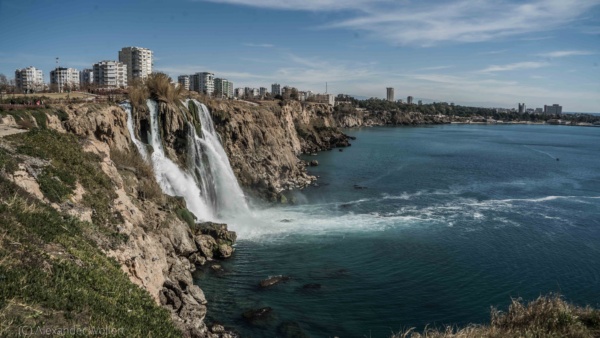
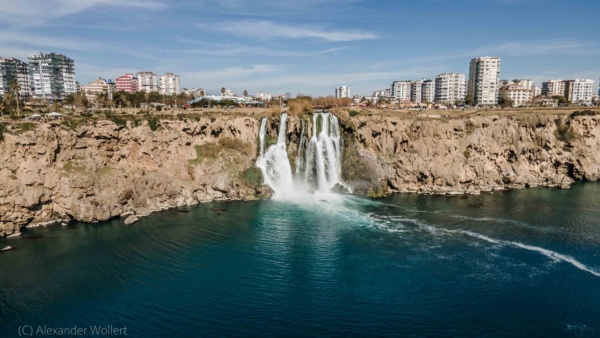
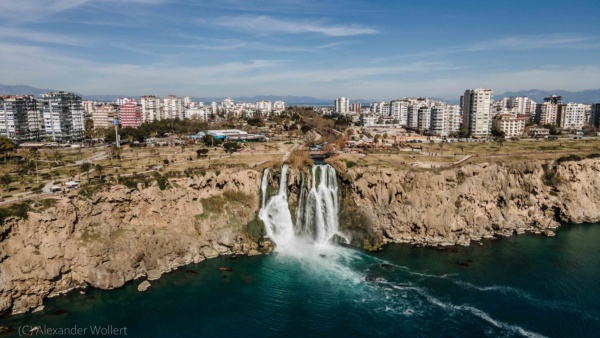
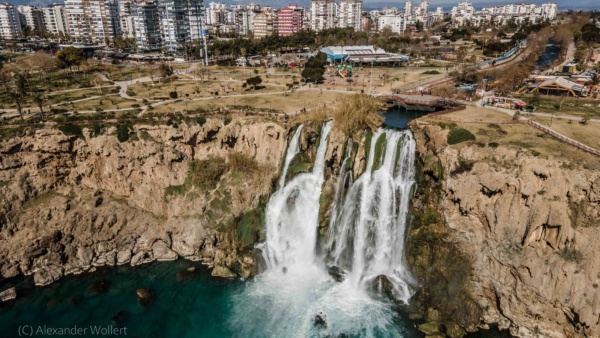

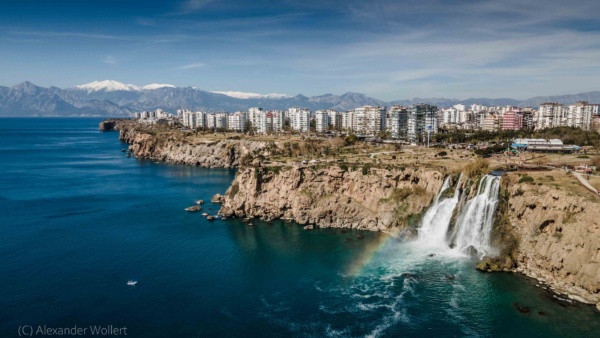
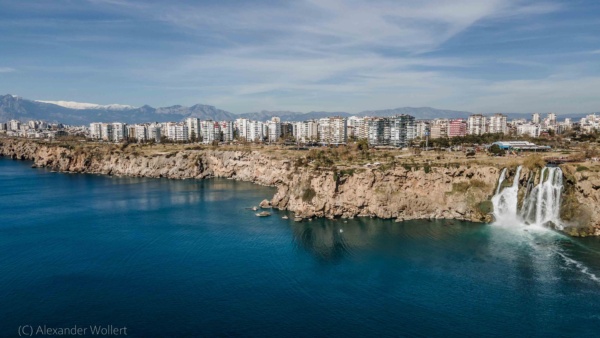
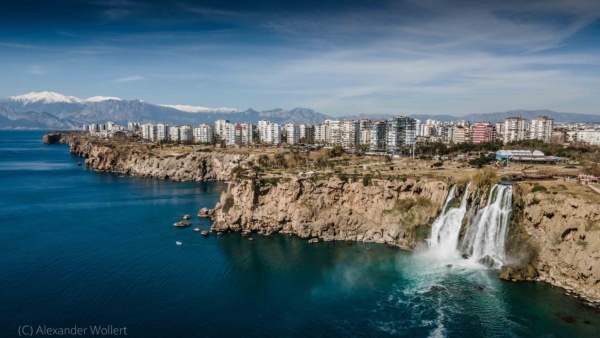
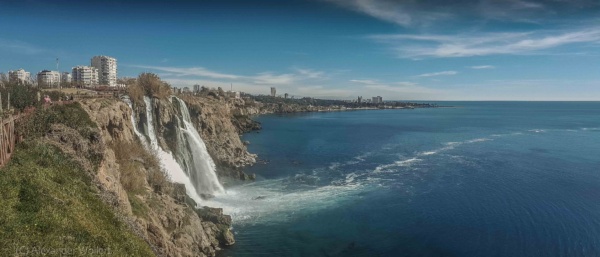
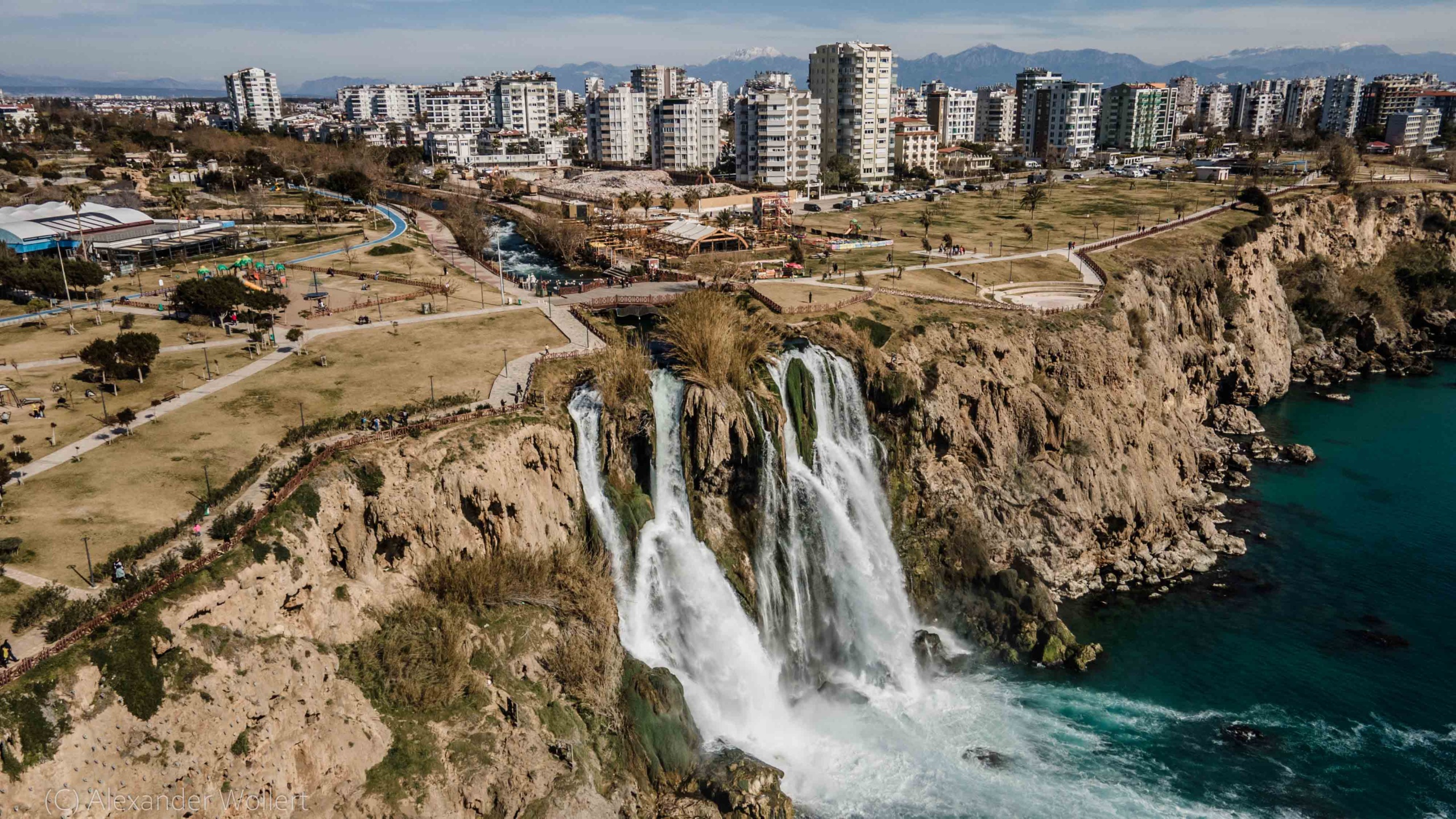
We spend a whole three weeks in Antalya. I take the opportunity to get to know a few other tourist-crowded places in Turkey. First I travel north by intercity bus and visit the famous limestone pools of Pamukkale.
Then I take an intercity bus to see the sandstone cliffs and balloons in Cappadocia with my own eyes. And finally, of course, I visit the TIAFI refugee center in Izmir to offer my help.

